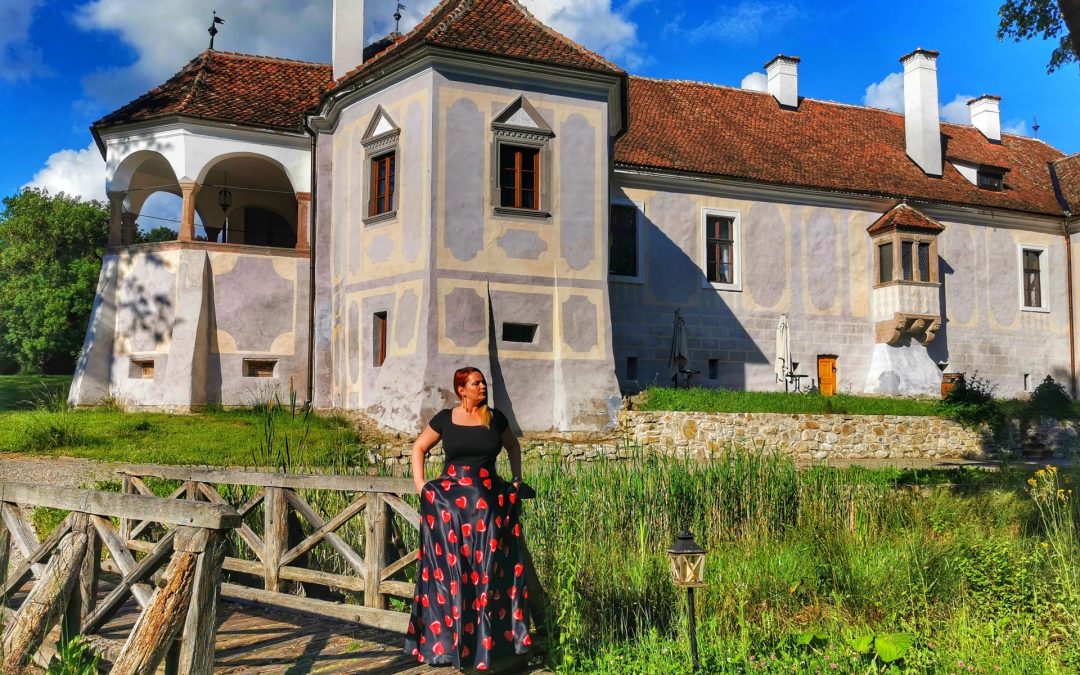We have always been fascinated by stories of kings and queens, princes and princesses, counts and countesses… My story today begins somewhere in the 1200s when a Szekler man named Kalnoky saved the life of the king of Hungary attacked by a bear at a hunting party. As a sign of gratitude from the king, he was granted the title of count together with several estates from Miklosvar (Micloșoara). This is how the Kalnoky family and their coat of arms with an arrowed bear appear in the Transylvanian nobility, which to this day reminds them of the event that ennobled them.
Today when we talk about Micloșoara we mean Kalnoky Castle and the guest rooms here that have become famous all over the world and a place where Prince Charles of Great Britain regularly returns. Count Tibor Kalnoky, who returned to Romania after an exile of the family for over 50 years following a “rule” left by Samuel Kalnoky stating that in this area of Transylvania there must always remain a Kalnoky, he is the one who saved this place from oblivion and managed to transform a village with 200 inhabitants into a place where sustainable and responsible tourism is practiced.
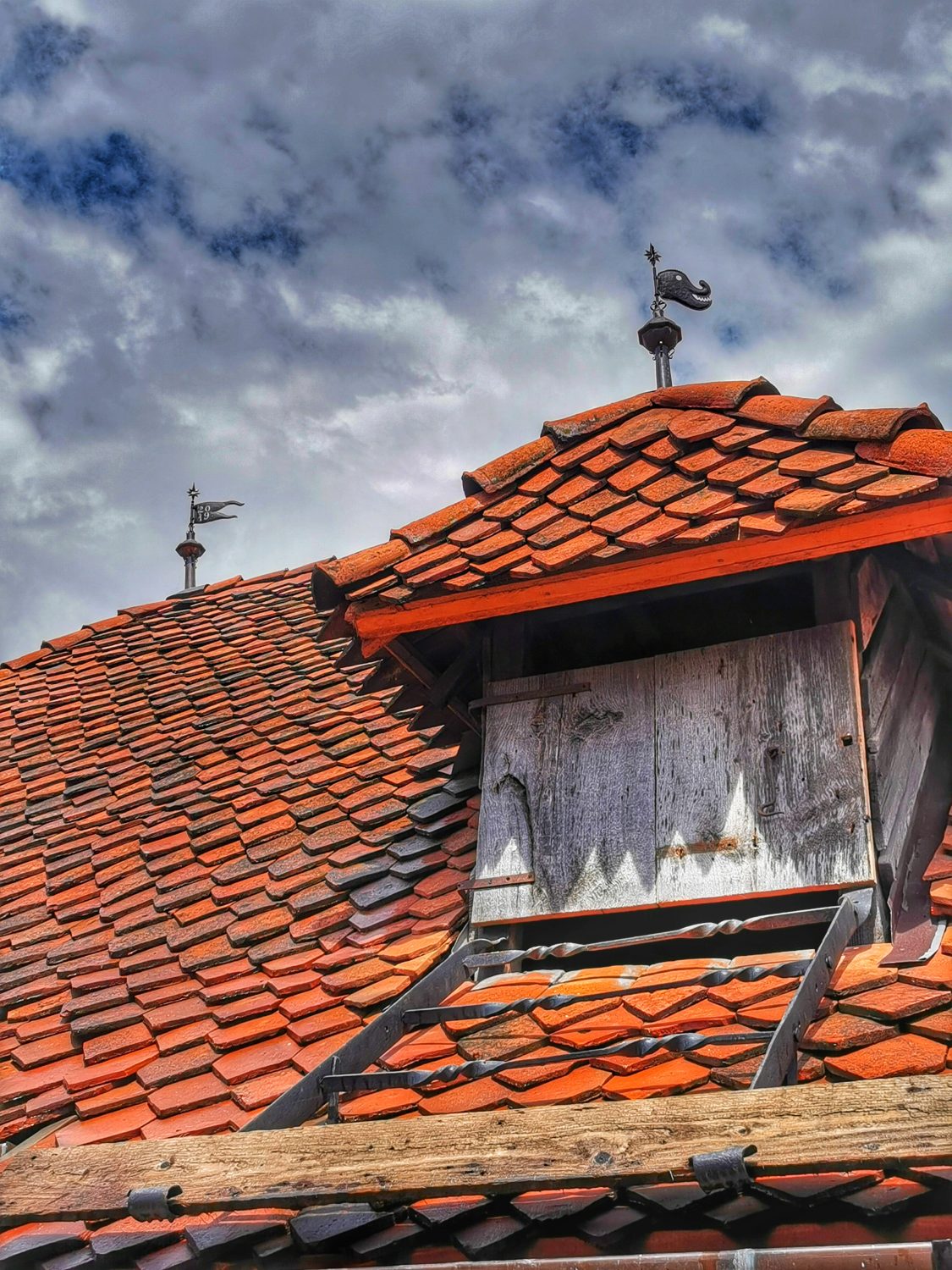
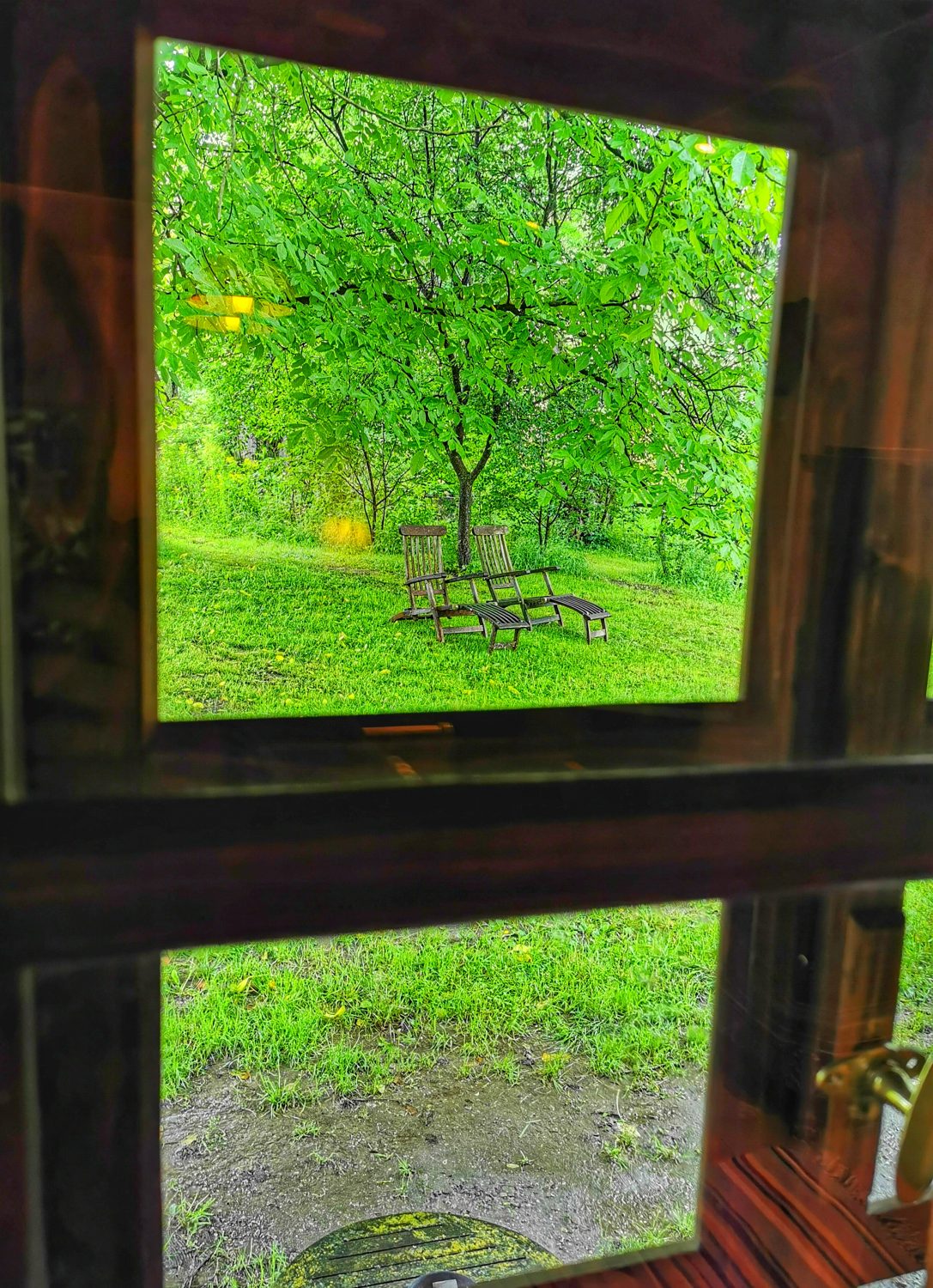
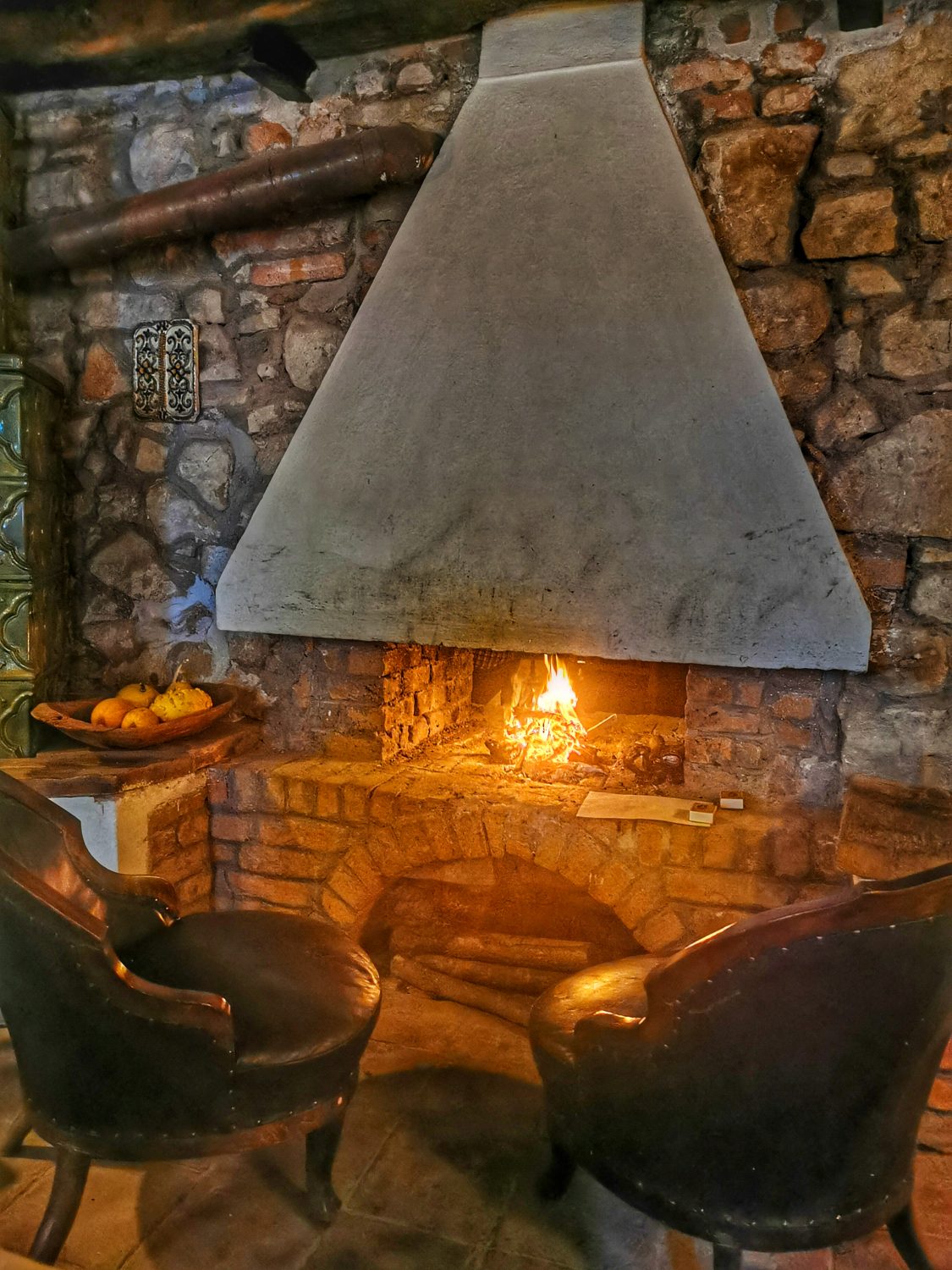
Count Kálnoky’s castle in Micloșoara was built in the year 1500, with the destination of a family hunting mansion.
The castle is unique in Romania for being a Renaissance building with colorful exterior painting. Today, the castle houses the Museum of Transylvanian Life, a museum revealing the lives of local nobles due to the objects recovered, donated or bought, from authentic weapons left over from Kalnoky’s battles with the Turks, to chests, spectacular stoves, reconstructions of ancient clothing or even an original Streicher piano, the same model that Johannes Brahms used to play.
The museum occupies the entire ground floor of the former hunting lodge in Micloșoara.
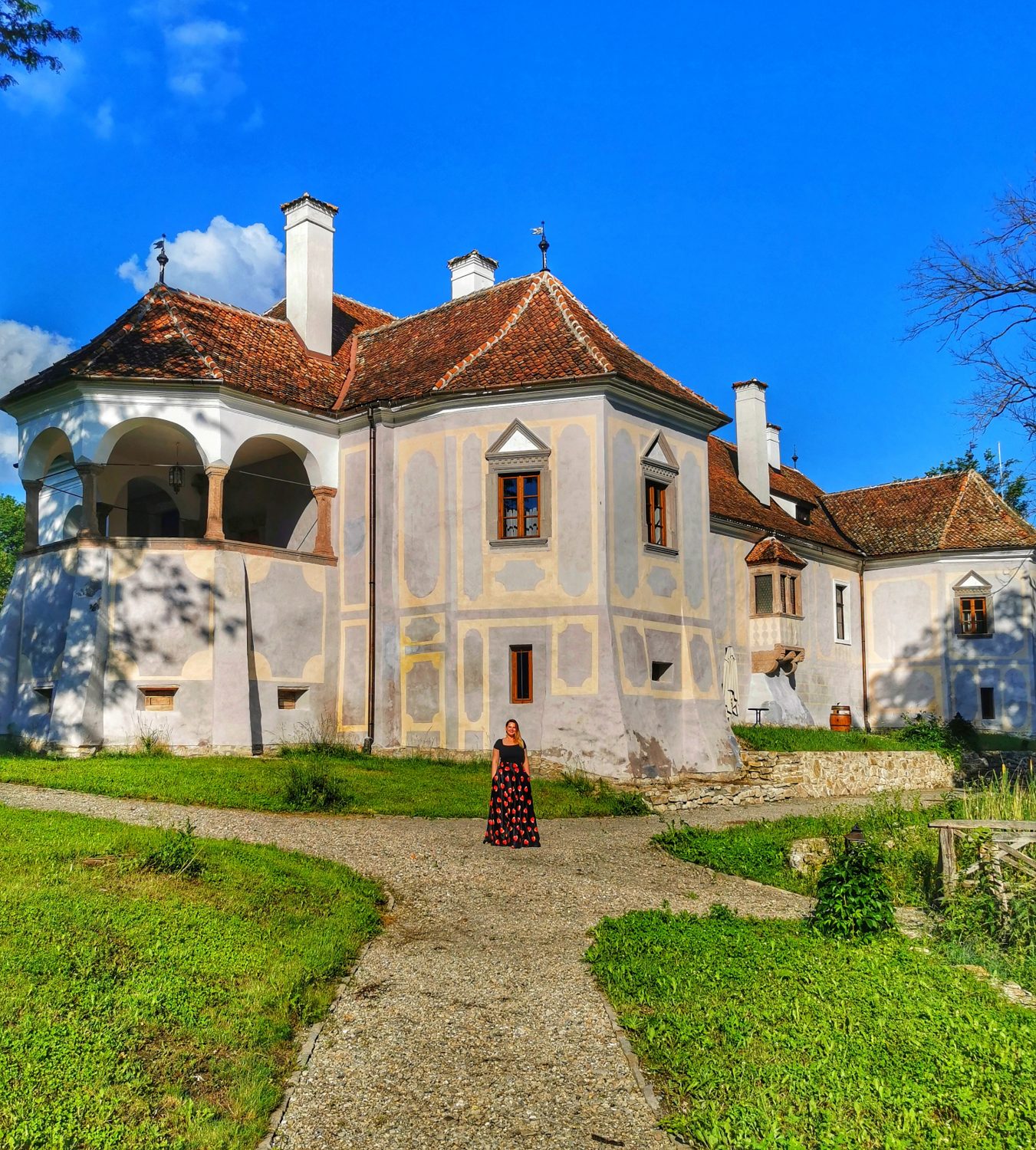
The Gala Hall is presented in a unique style in Europe, known exclusively in Transylvania – the late renaissance and early baroque. One of the most beautiful rooms of the museum, “The Lady’s House”, as the residence of countesses was called, presents the daily life of a lady in the late Renaissance and early Baroque periods: delicate objects, glassware, an embroidery and reading corner. “The Lord’s House”, by contrast, presents weapons from the fights with the Turks, Turkish carpets. The atmosphere of an 18th-century castle kitchen is reflected in the castle’s cellar, now a place for festive meals. What stands out especially at the entrance to the museum is the frontispiece with the Kálnoky family motto: NON EST MORTALE QUOD OPTO (He who hopes, never dies).
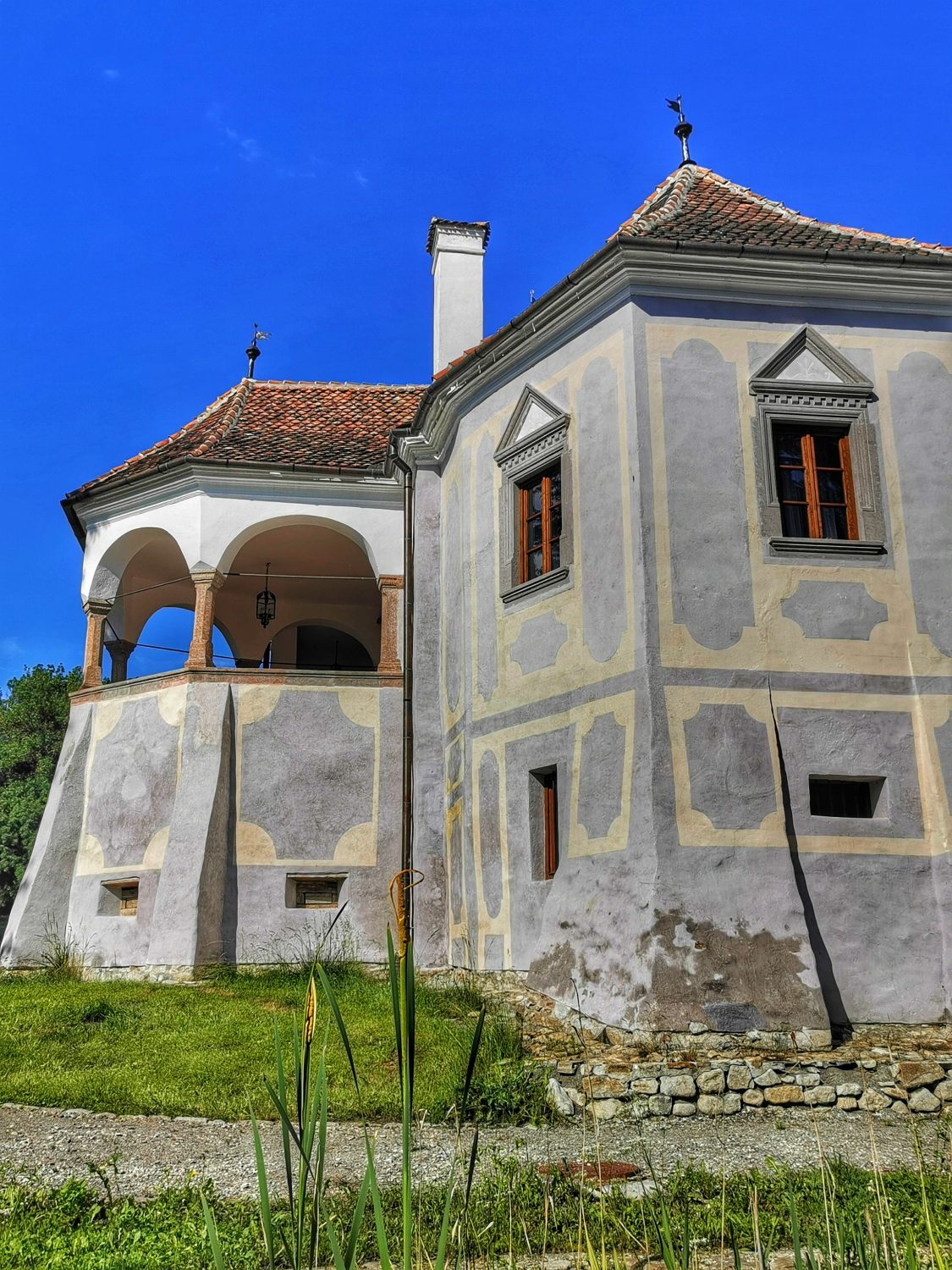
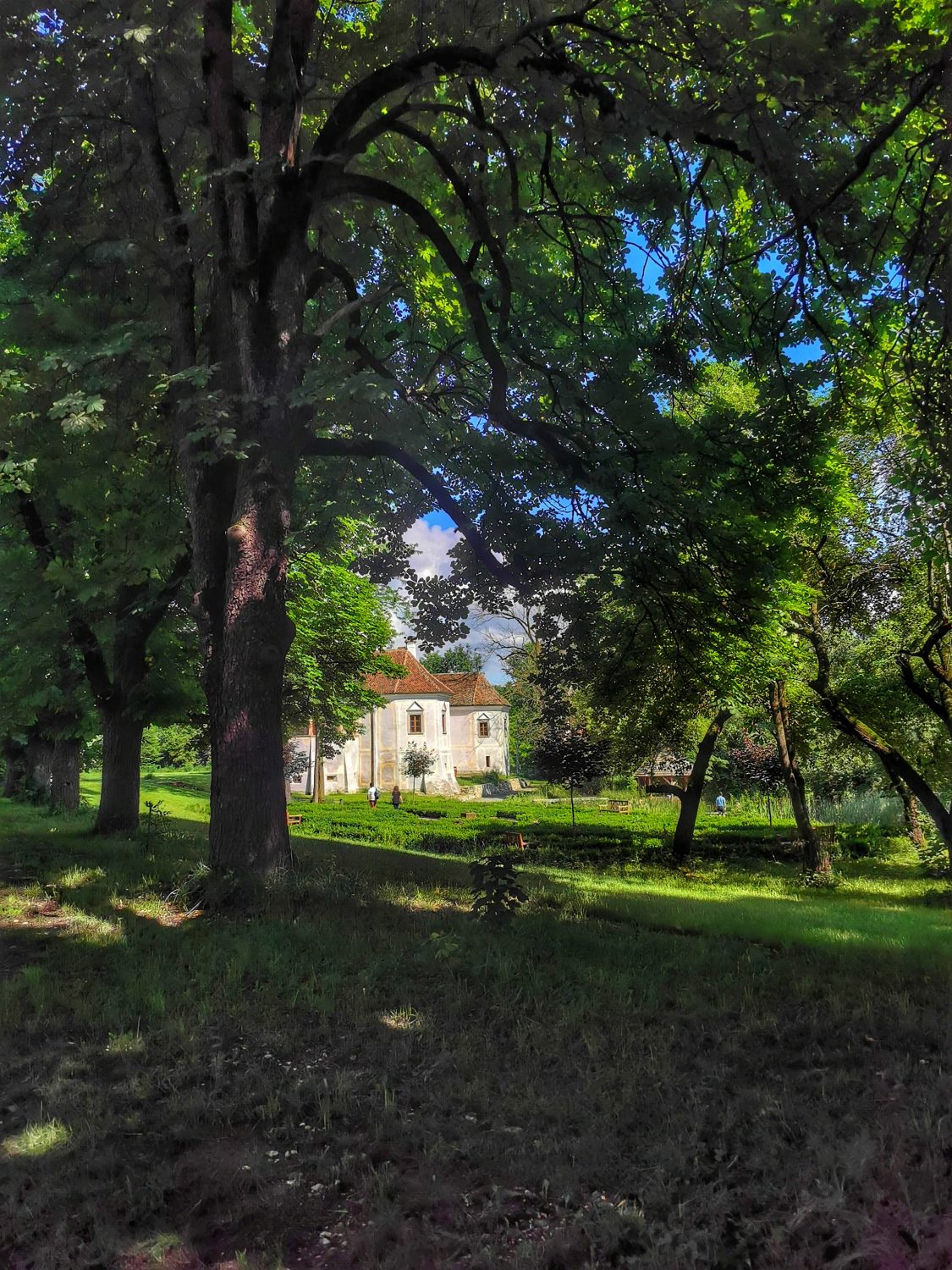
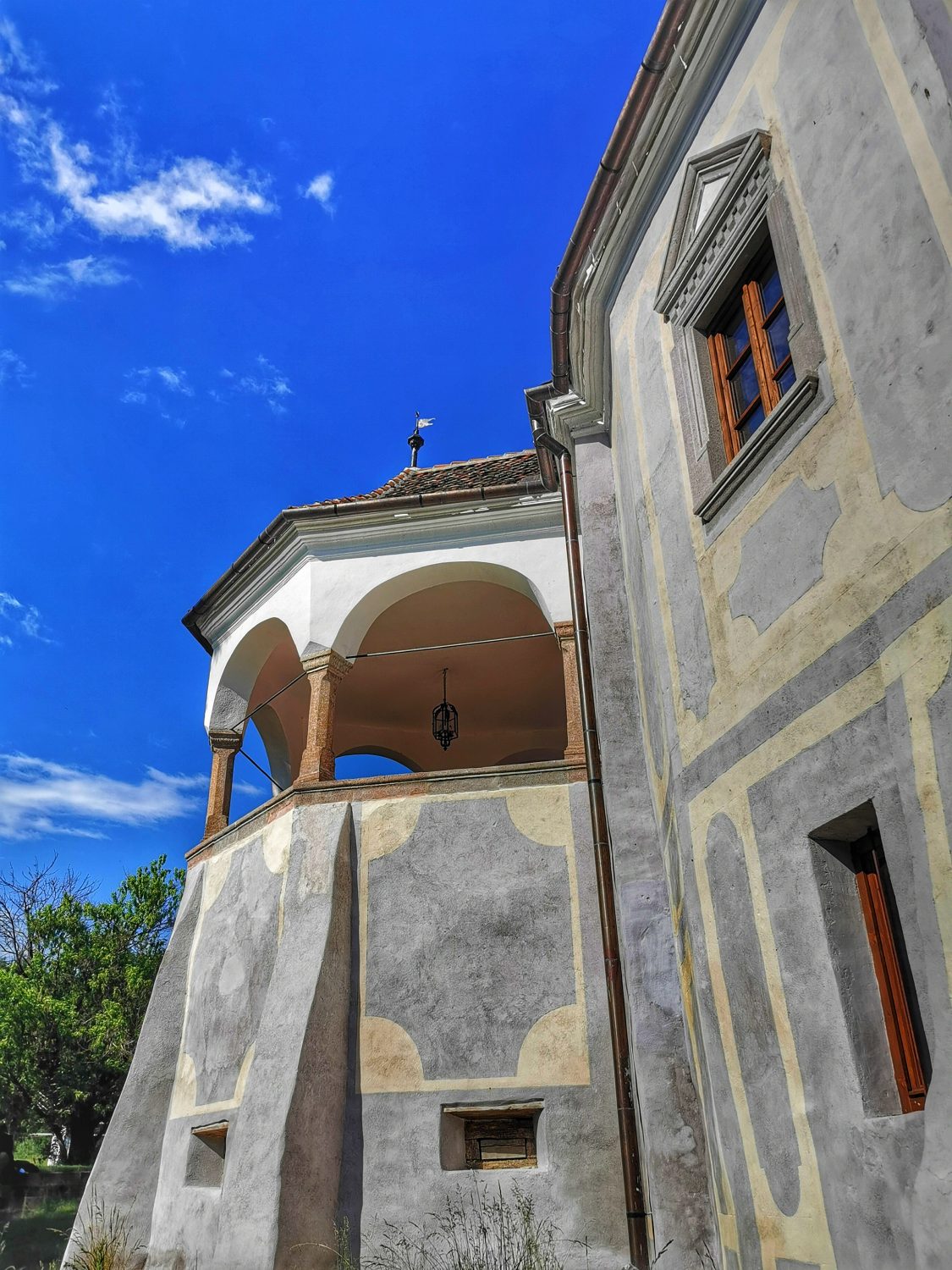
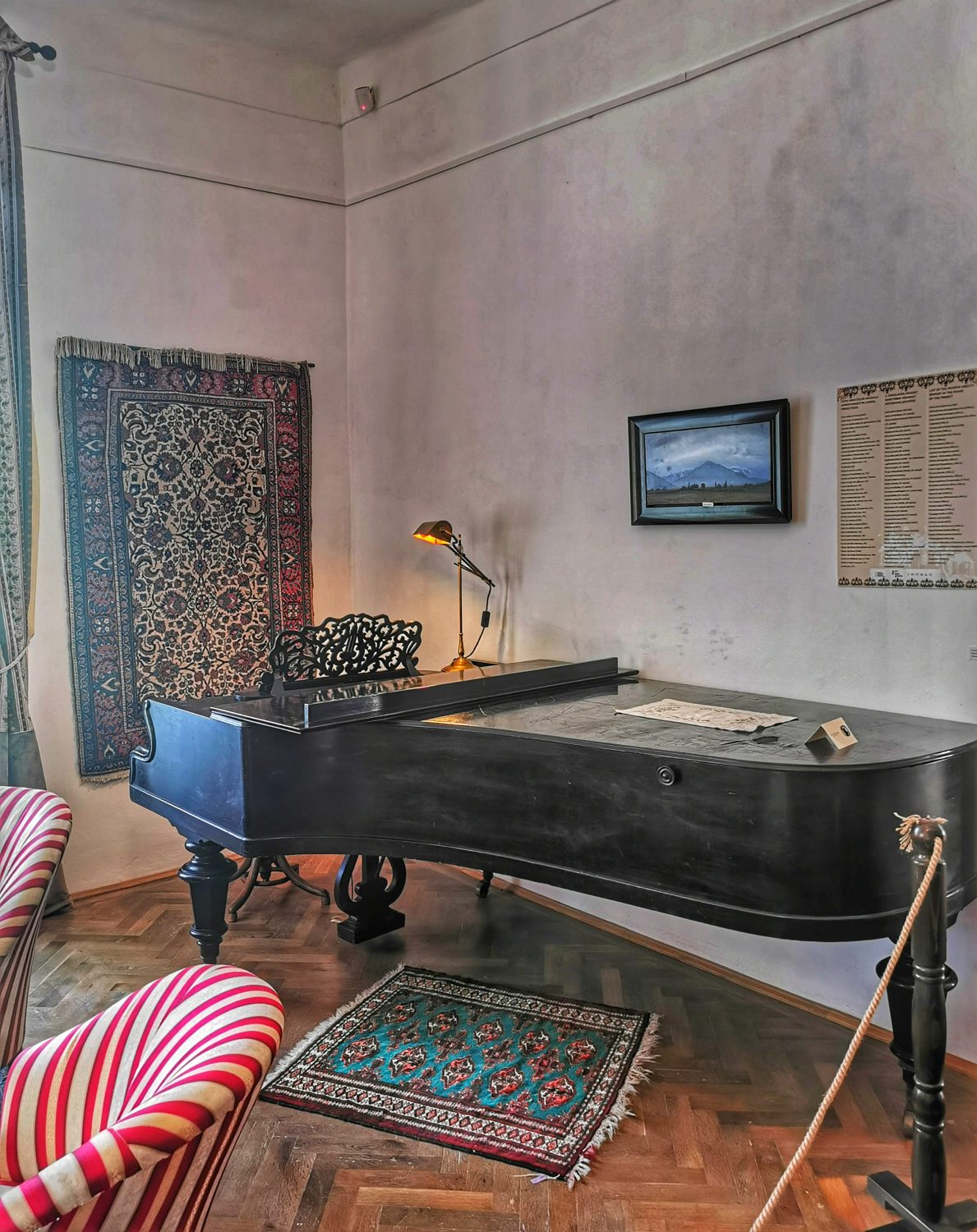
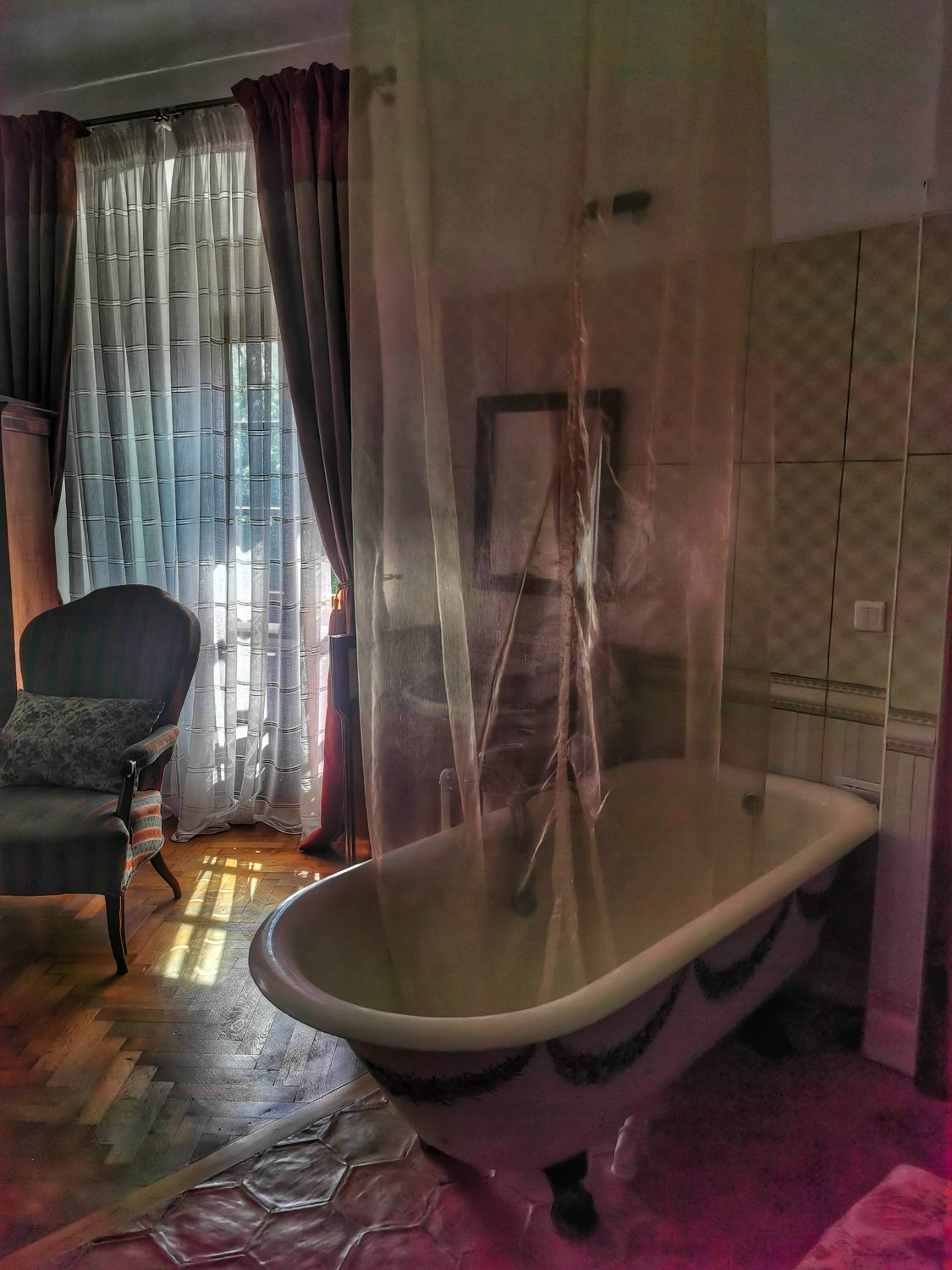
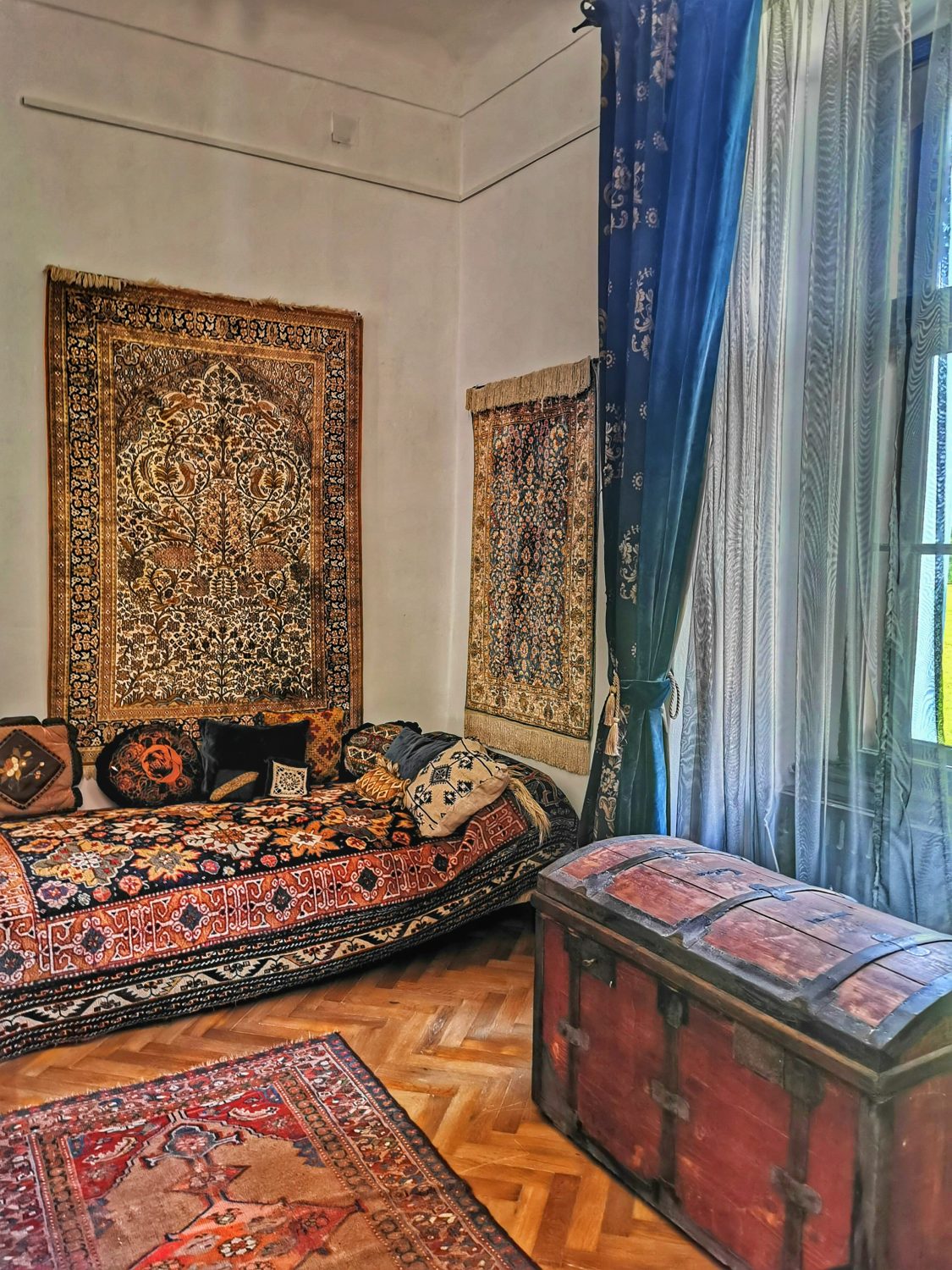
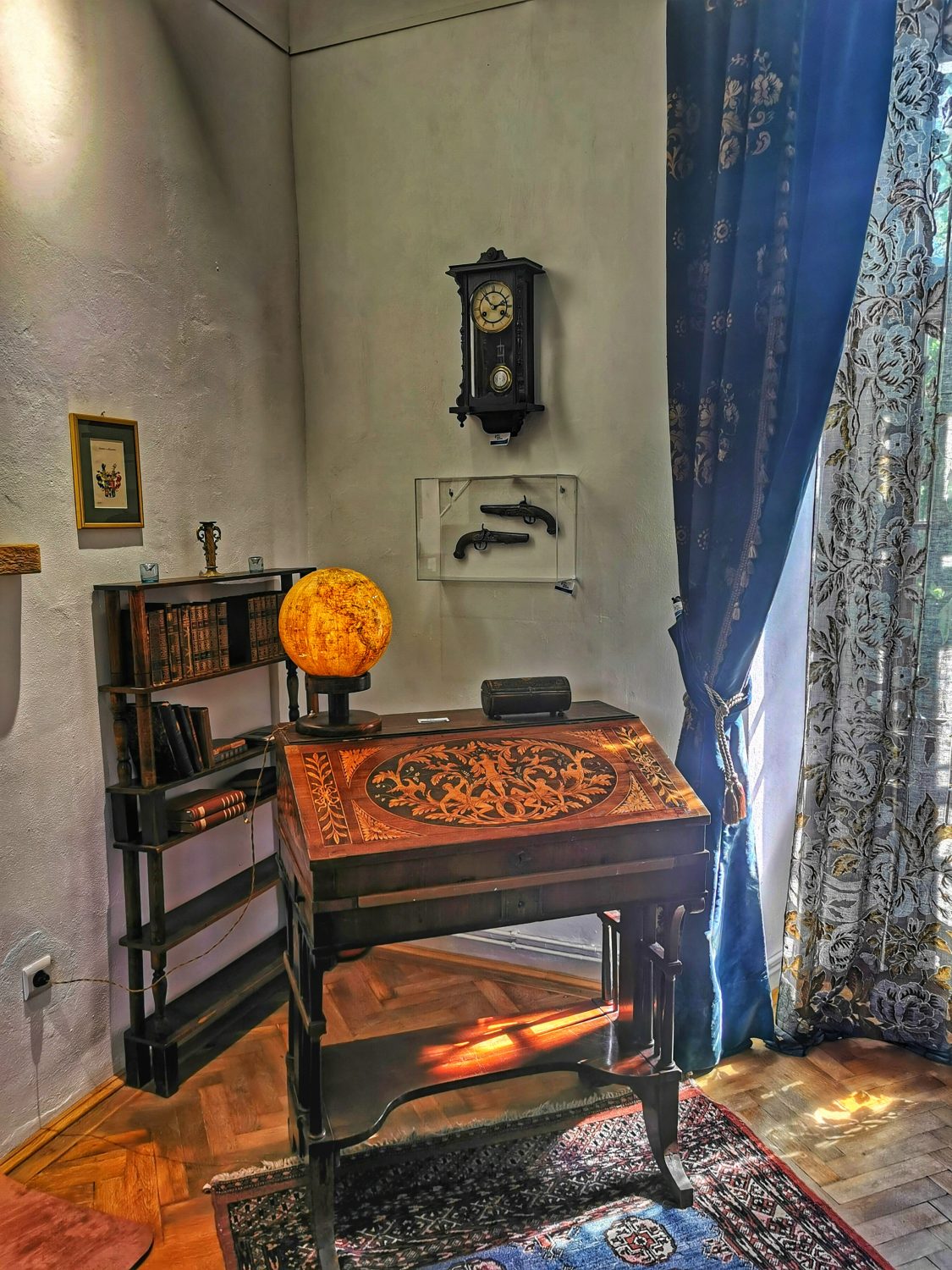
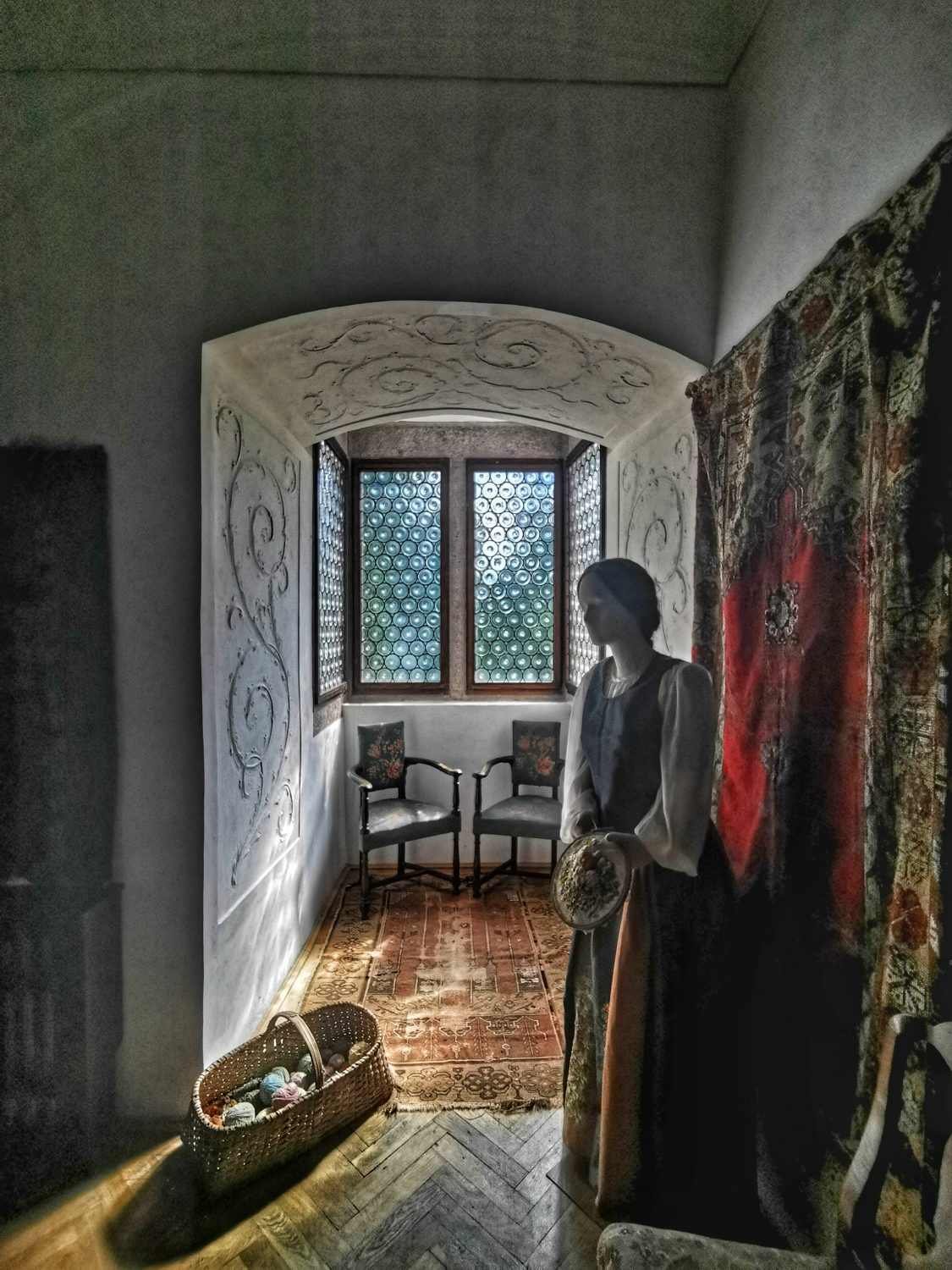
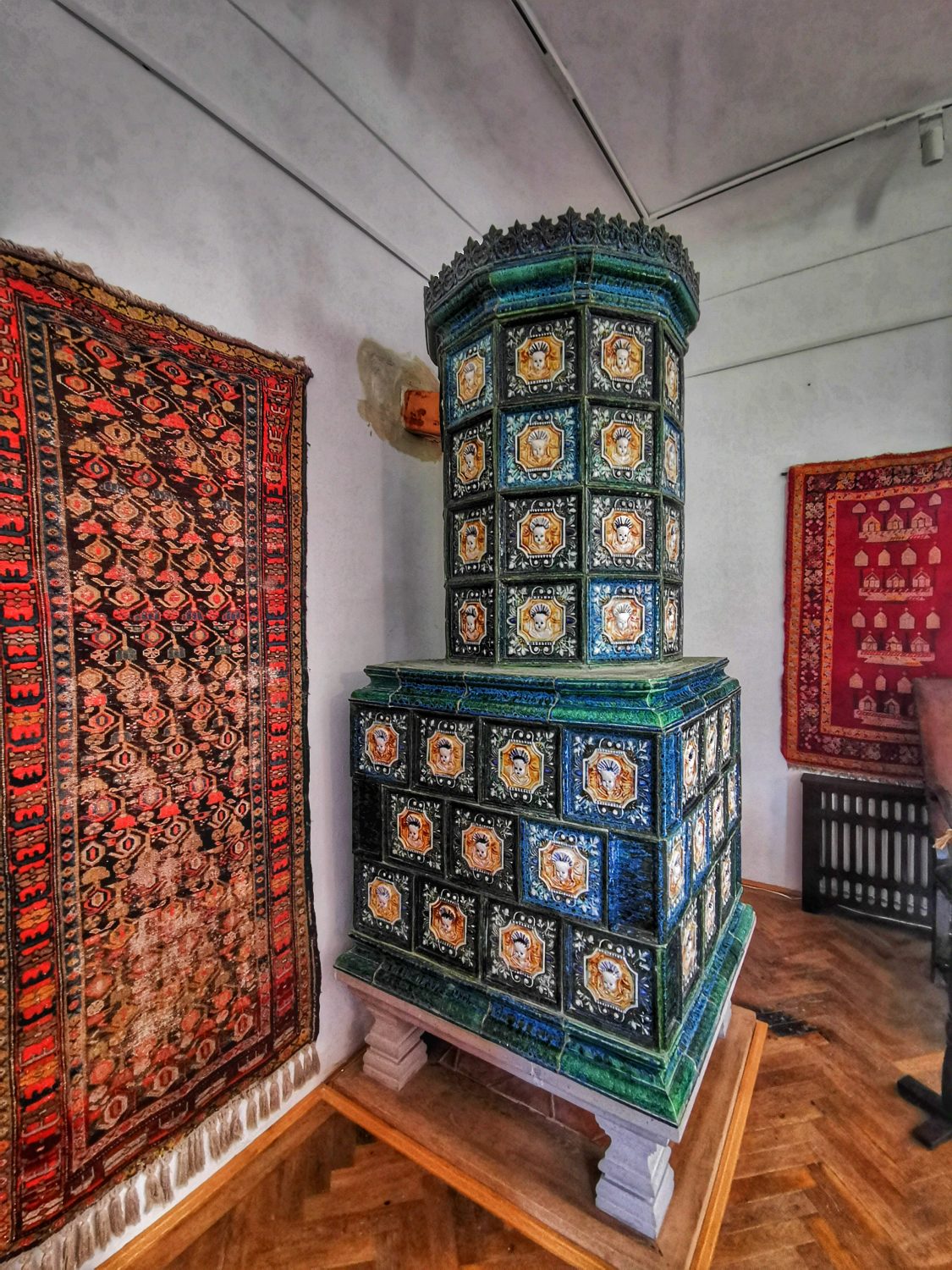
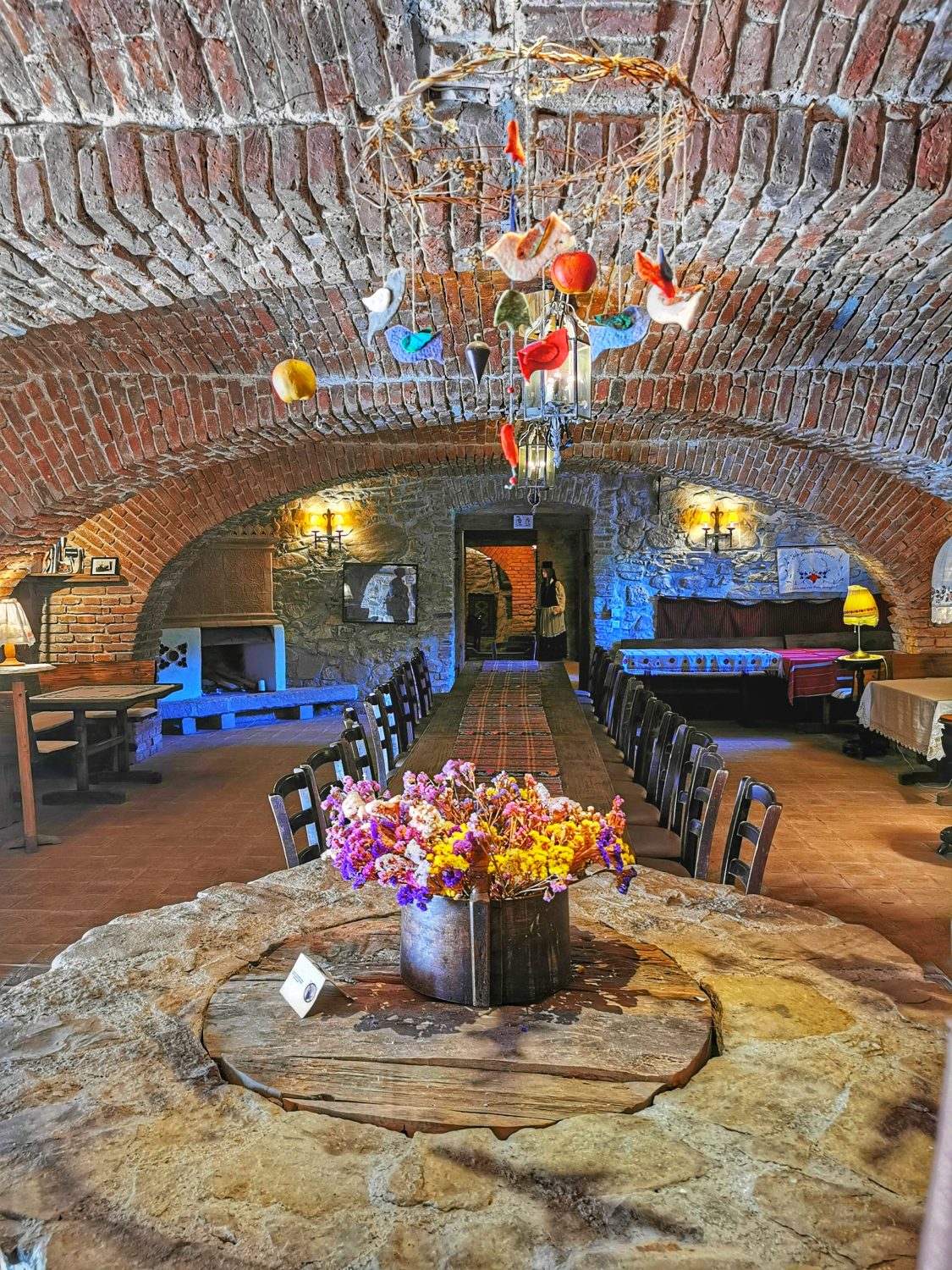
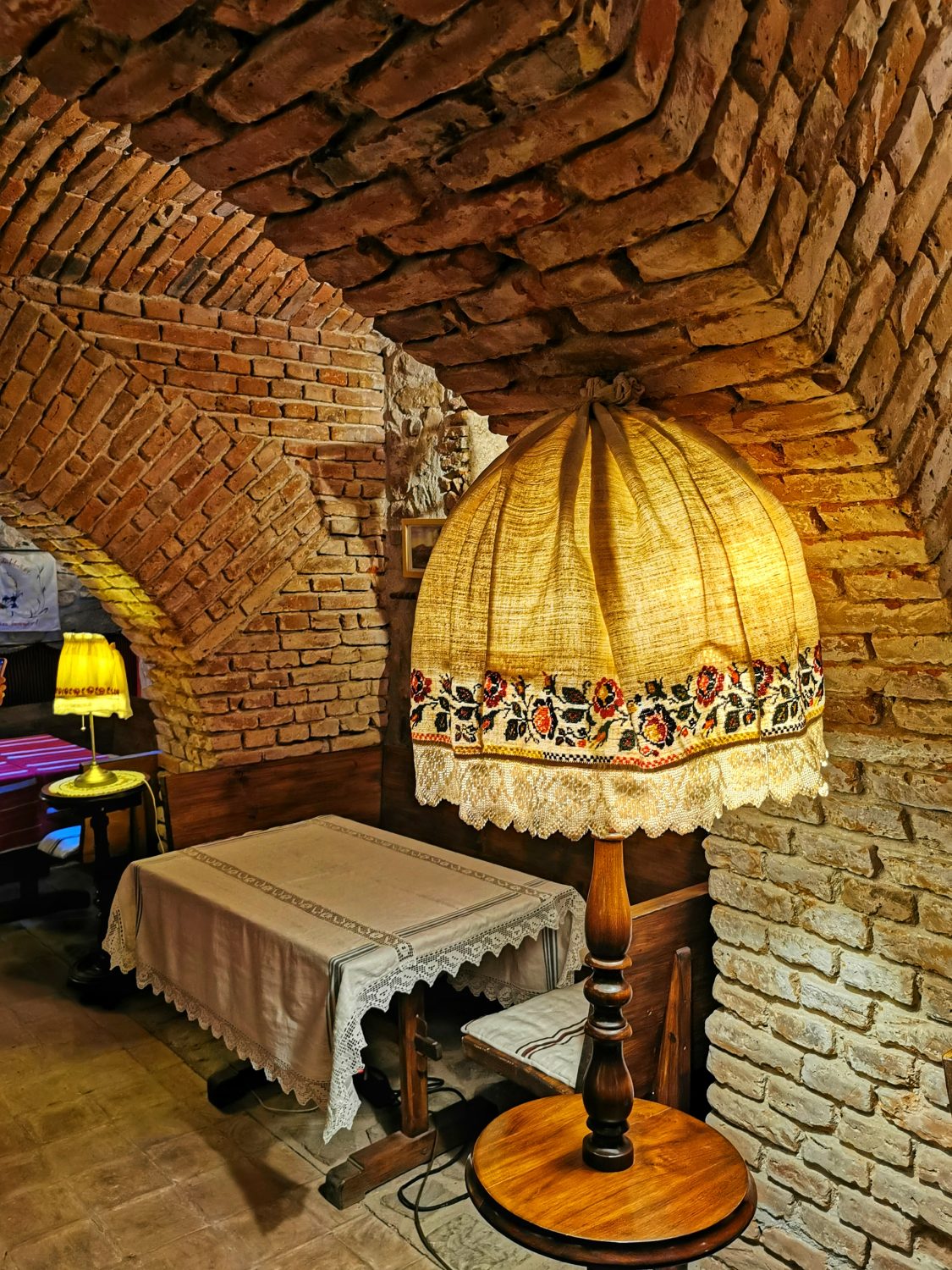
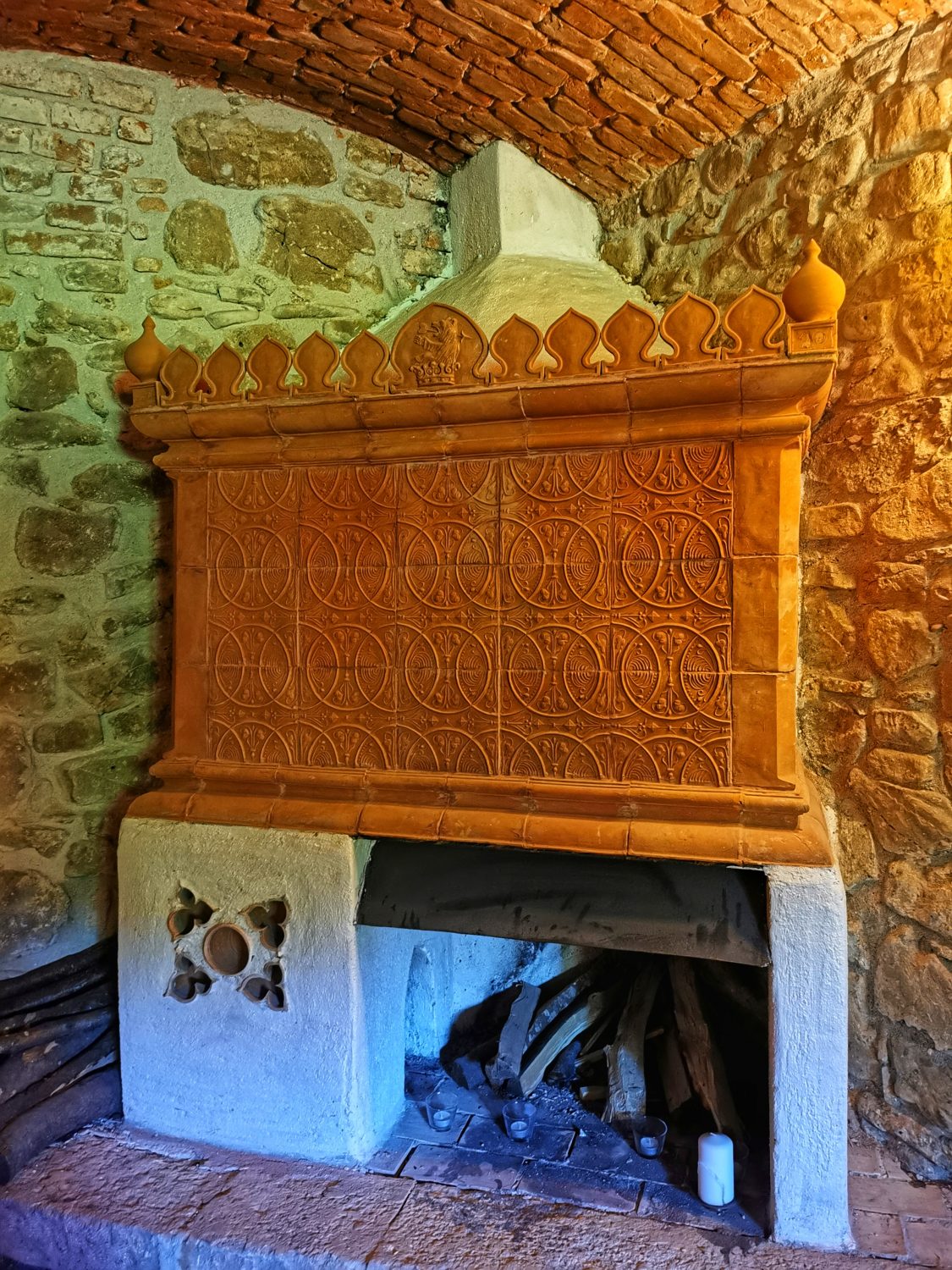
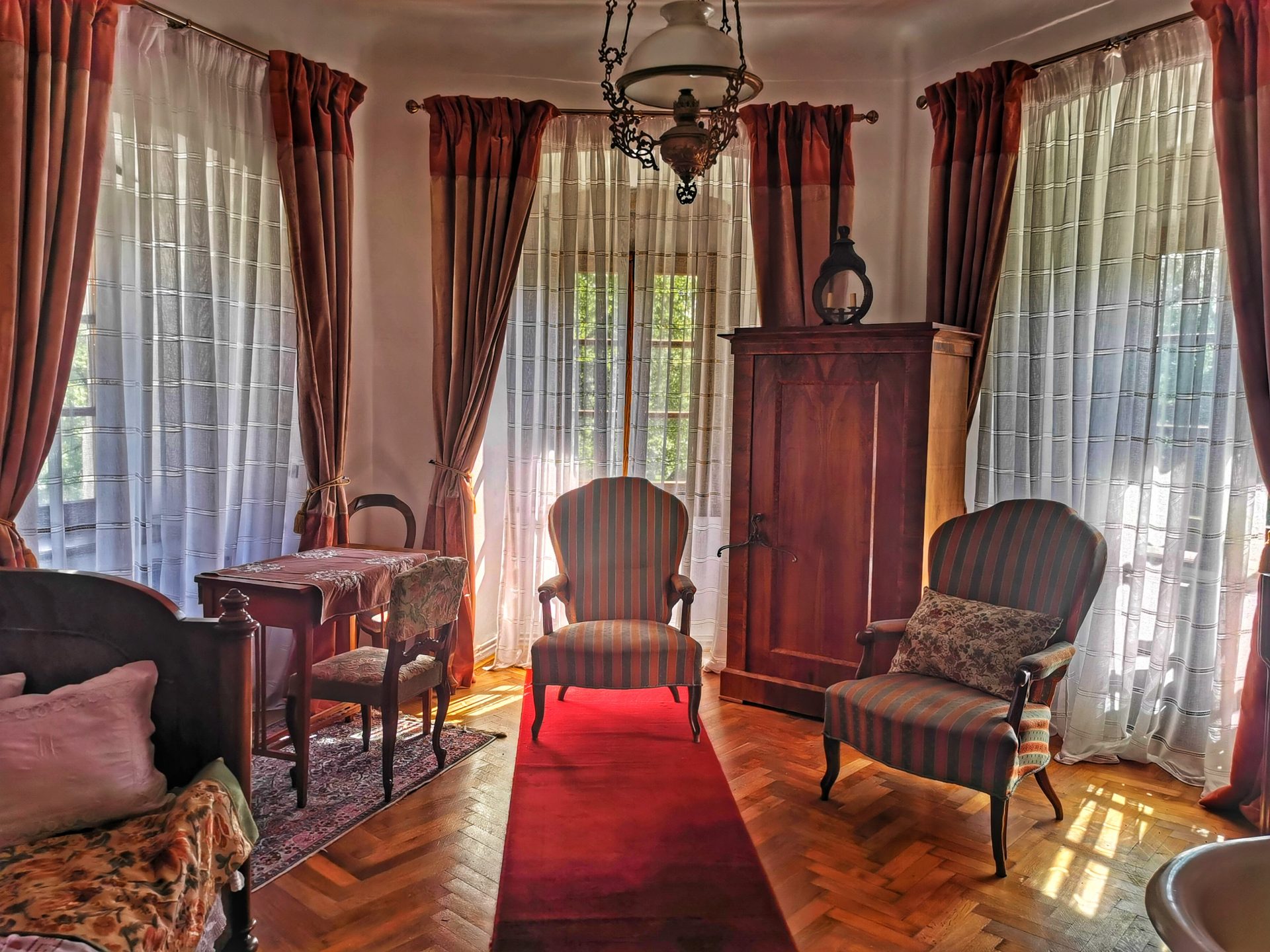
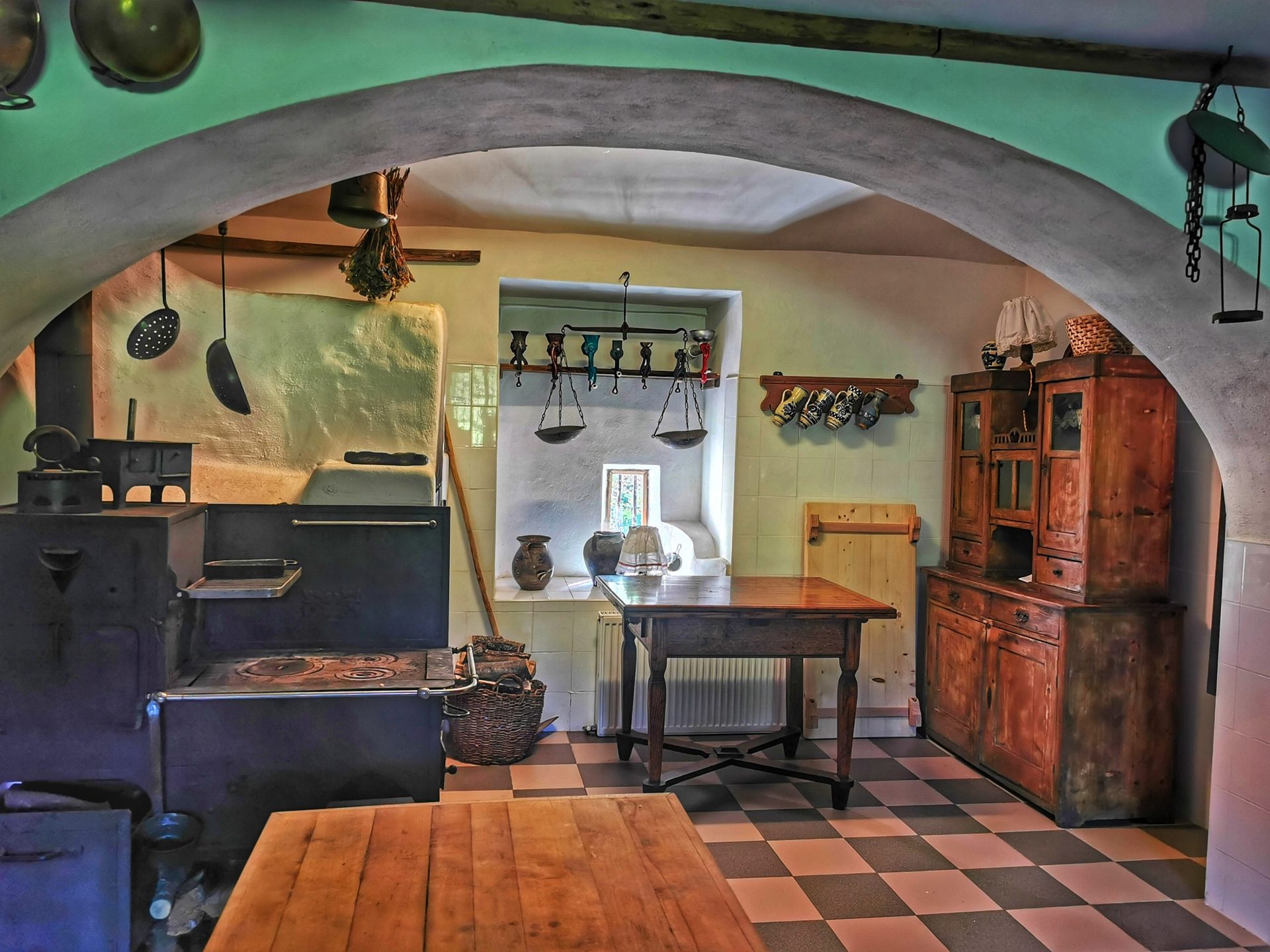
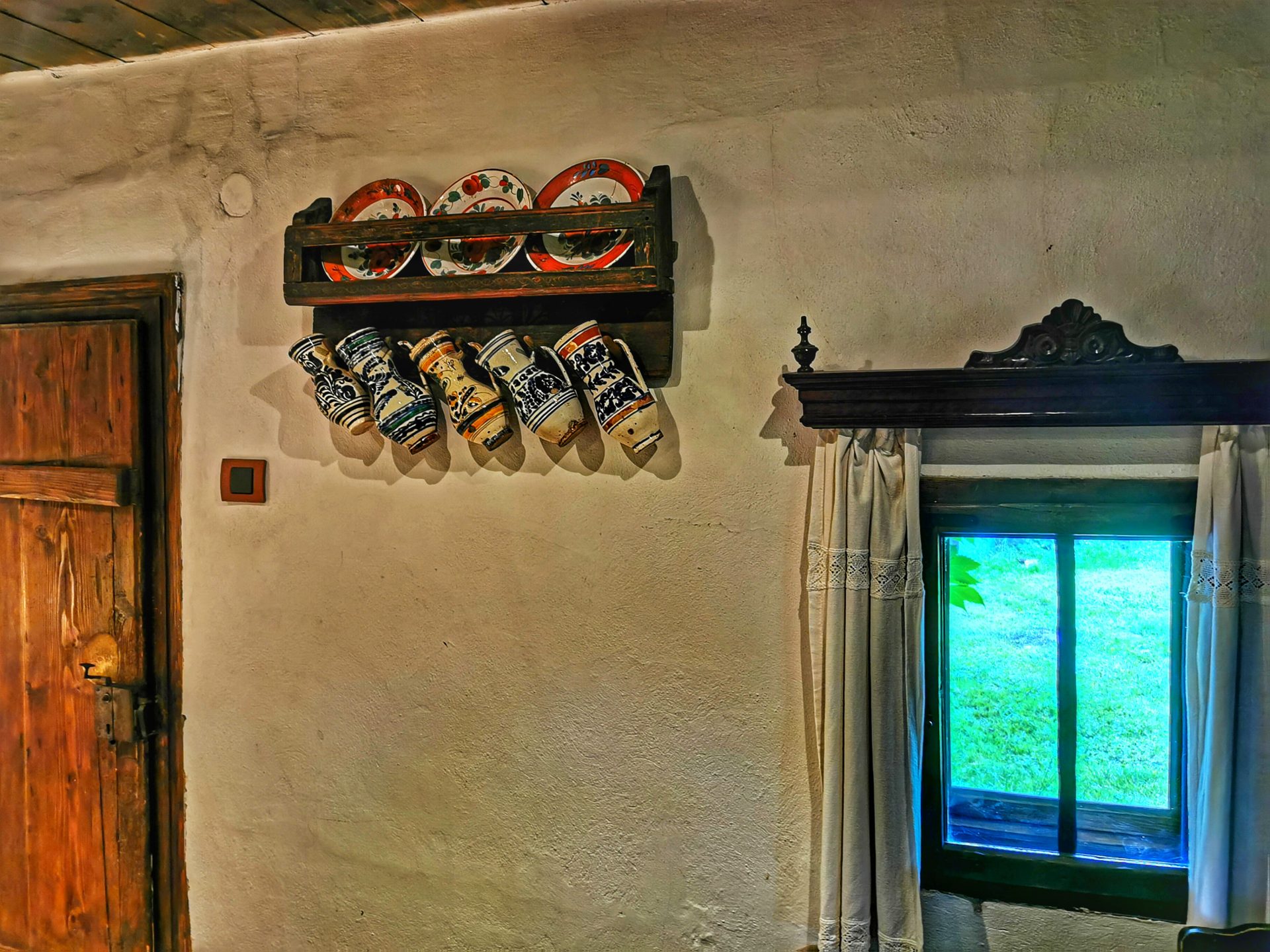
Around it we find the guest houses where tourists can stay. Moreover, they can live and experience local traditions and customs. The houses date back to the 1800s and have been restored to maintain the original charm as much as possible and are located in spacious courtyards. The rooms are furnished with carefully chosen Szekler and Transylvanian antiques. The detail that fascinated me here is the lack of TVs, as well as the abundance of books available in every room.
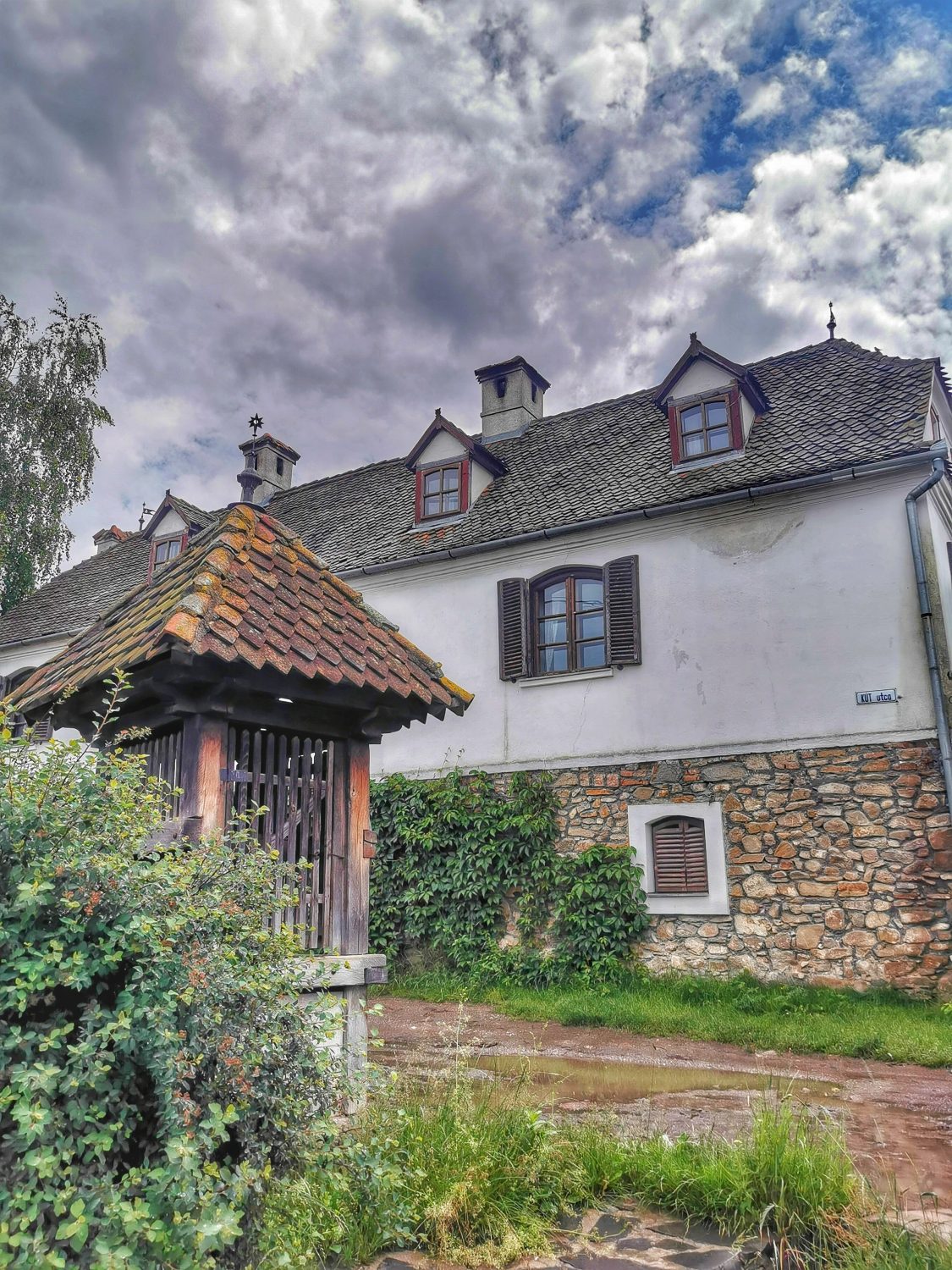
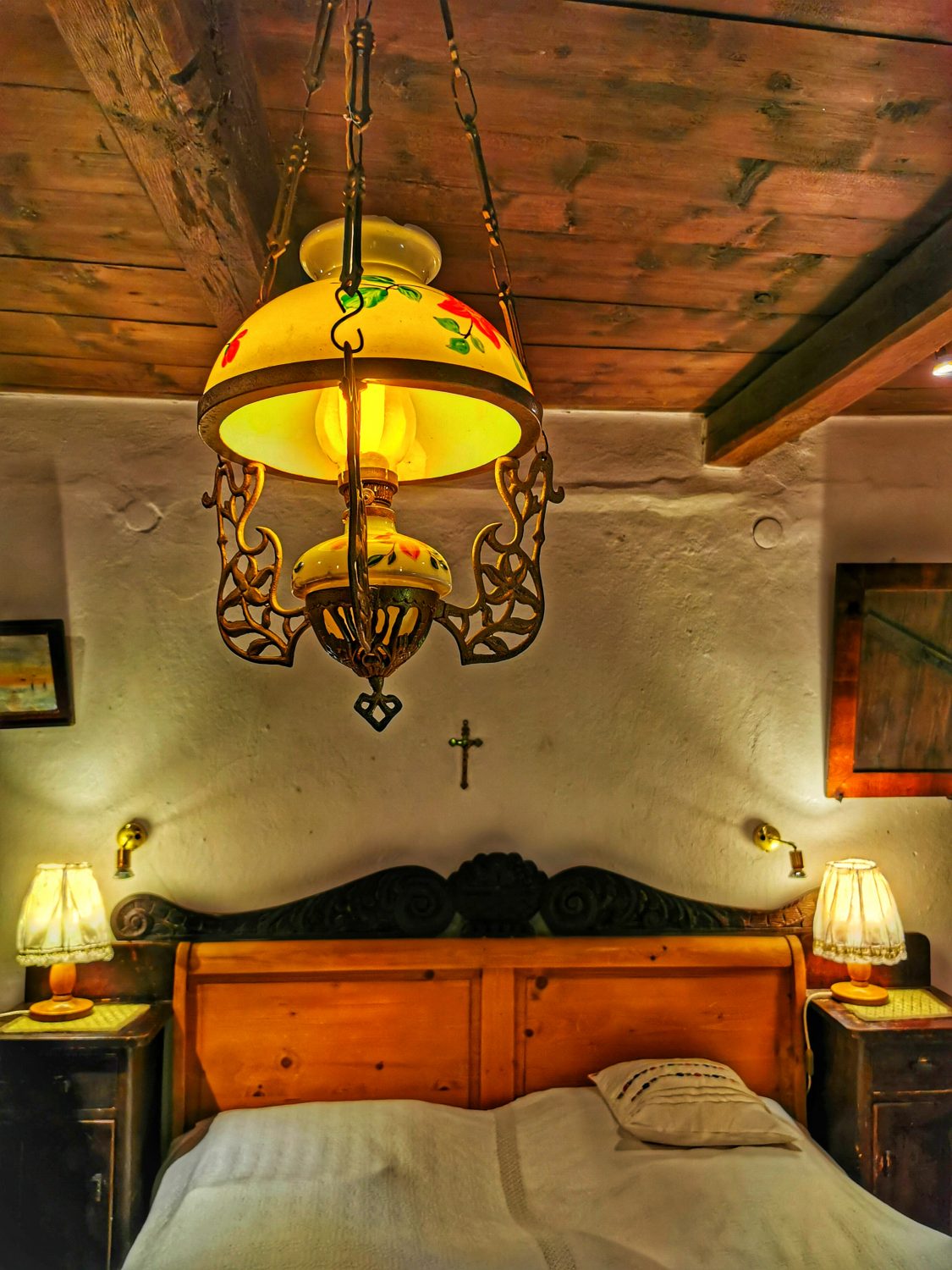
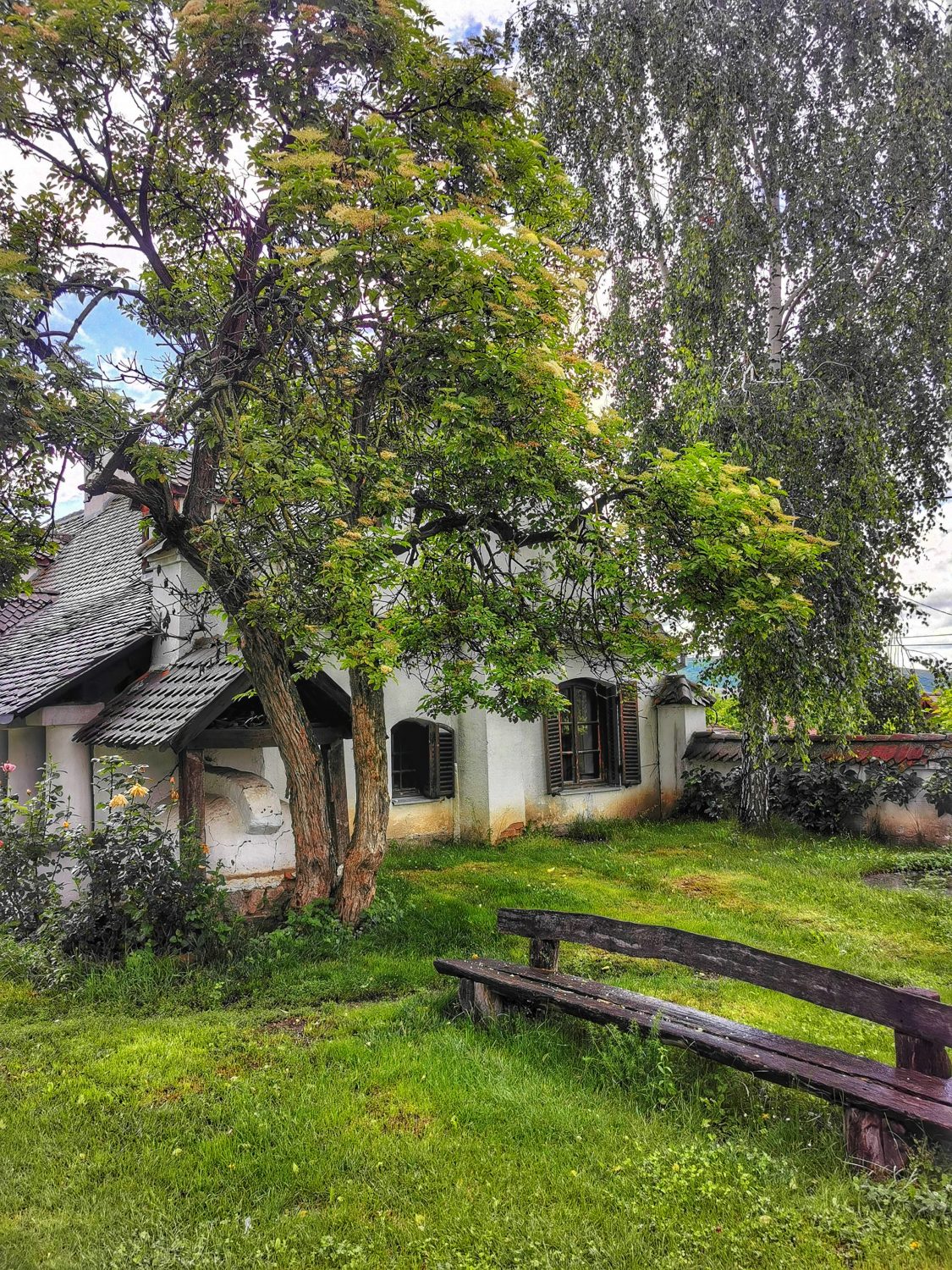
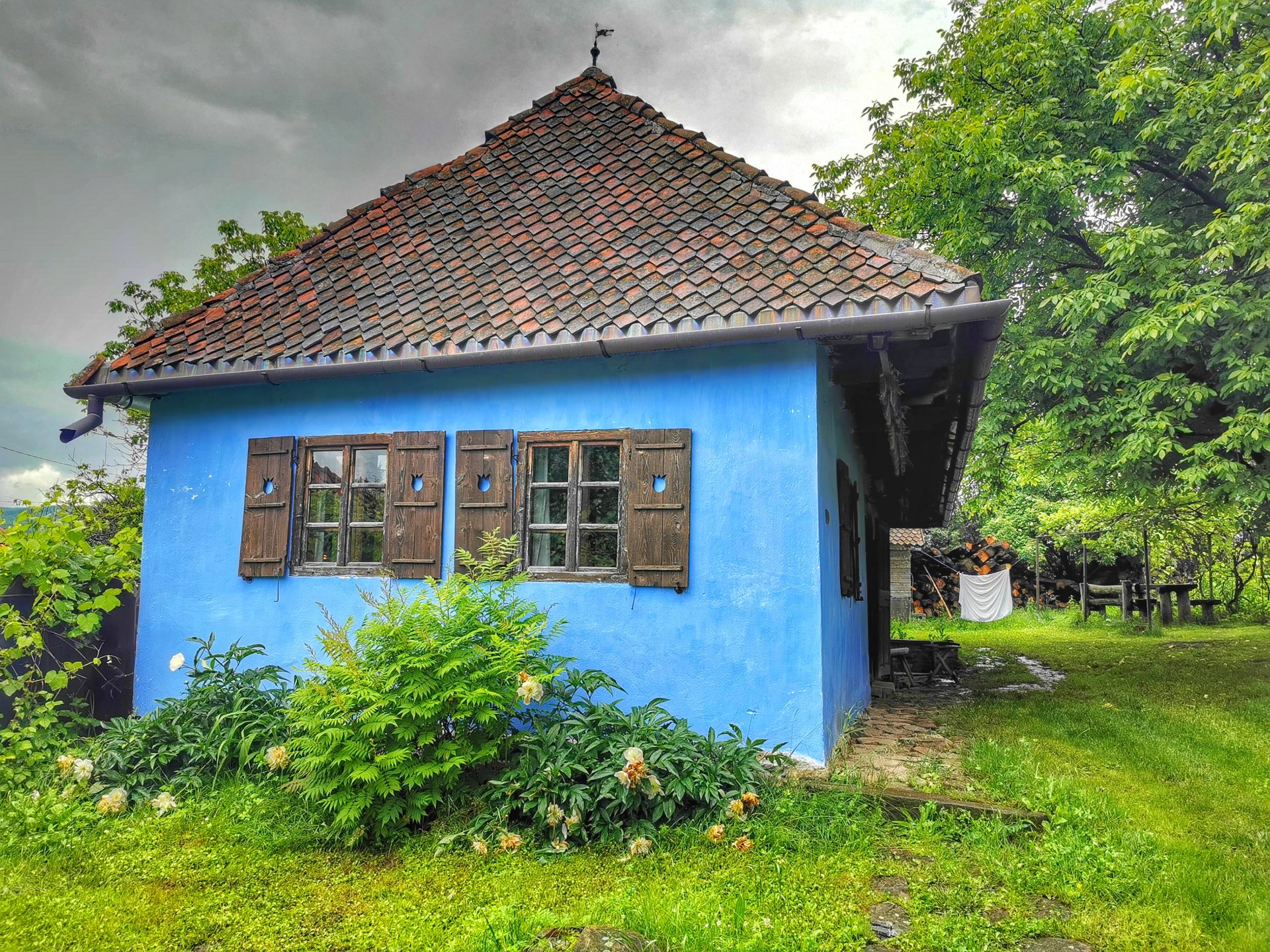
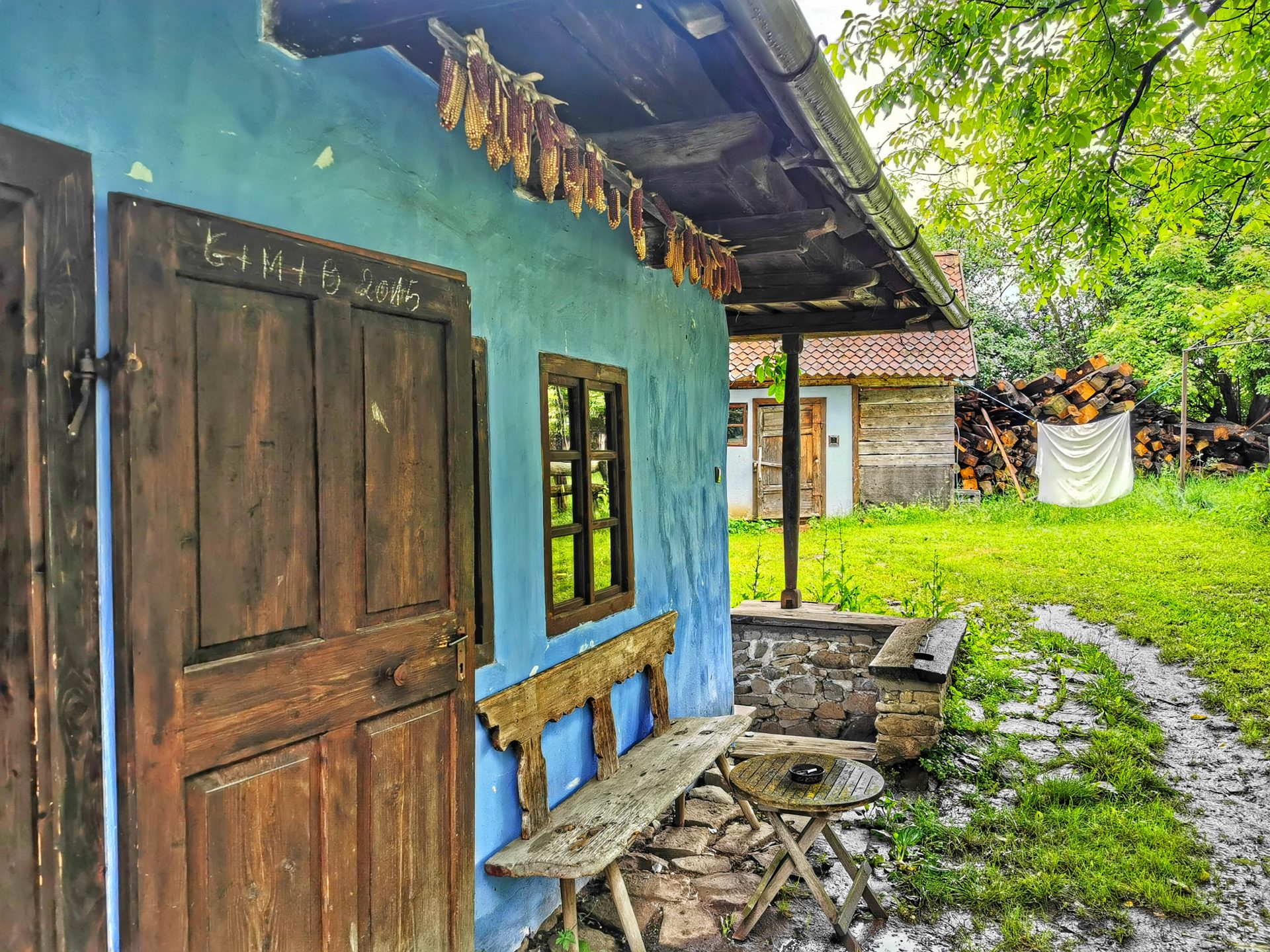
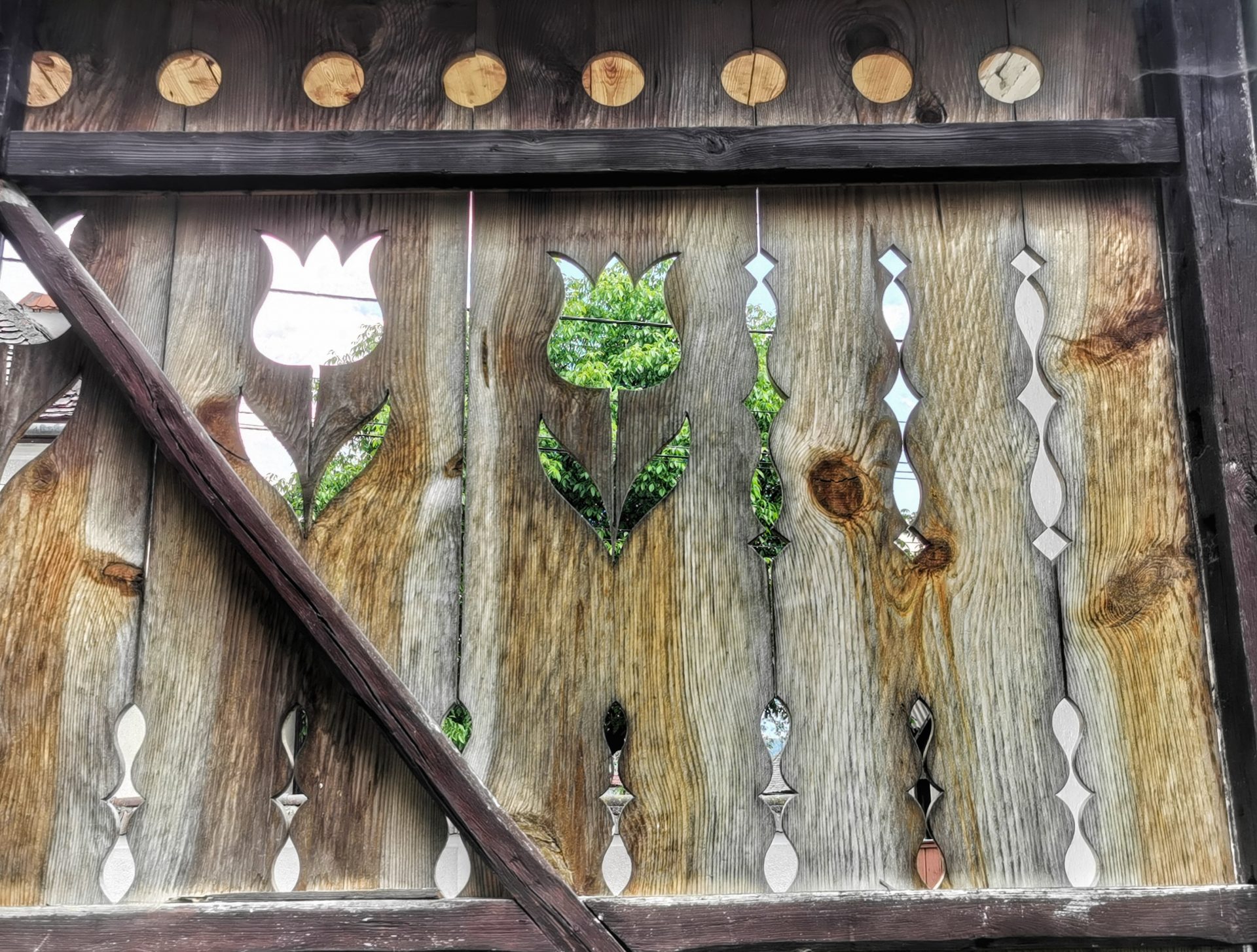
In addition to the delicious food and the remarkable hospitality of the hosts, we can also find multiple ways to get into the story and rhythm of a traditional village. A weekend here also includes craft workshops (felting, for example), visiting the castle – guided tour of the Museum of Transylvanian Life, visiting a typical household, cart ride, picnic and visiting a sheepfold, preparation of Szekler cakes, visiting the medieval farrier’s shop of the village or treasure hunt in the castle courtyard. Tourists who arrive here will also take part in an interactive game “Stroll through the village with your eyes wide open” – I won’t tell you more, I’ll let you discover what it is when you get here.
An escape or a vacation in Micloșoara is in fact a transposition into a 19th century landscape in which we become part of an old community that, through its every house and every corner emanates history and the feeling that, from time to time, returning to simplicity is all we need.
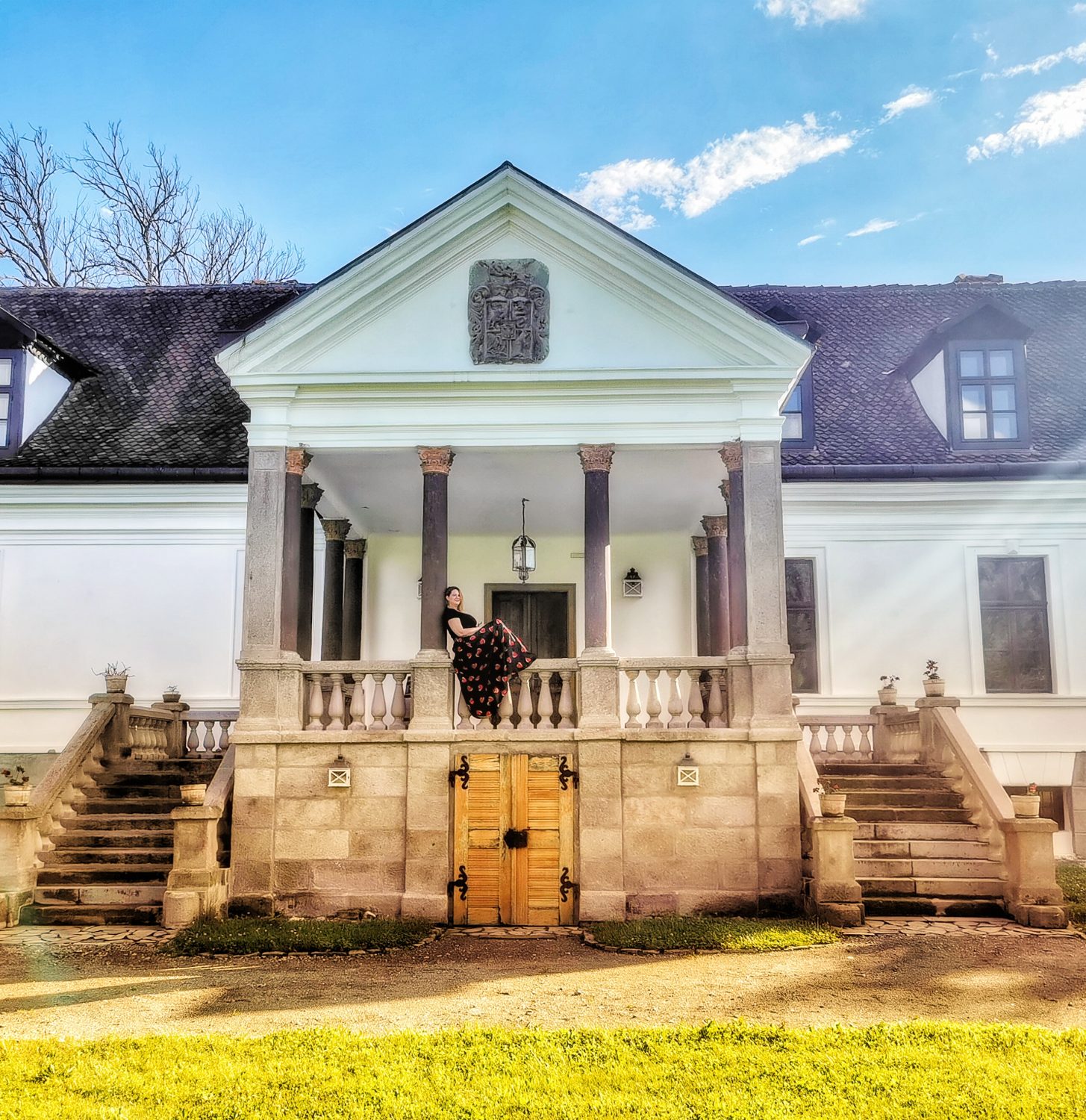
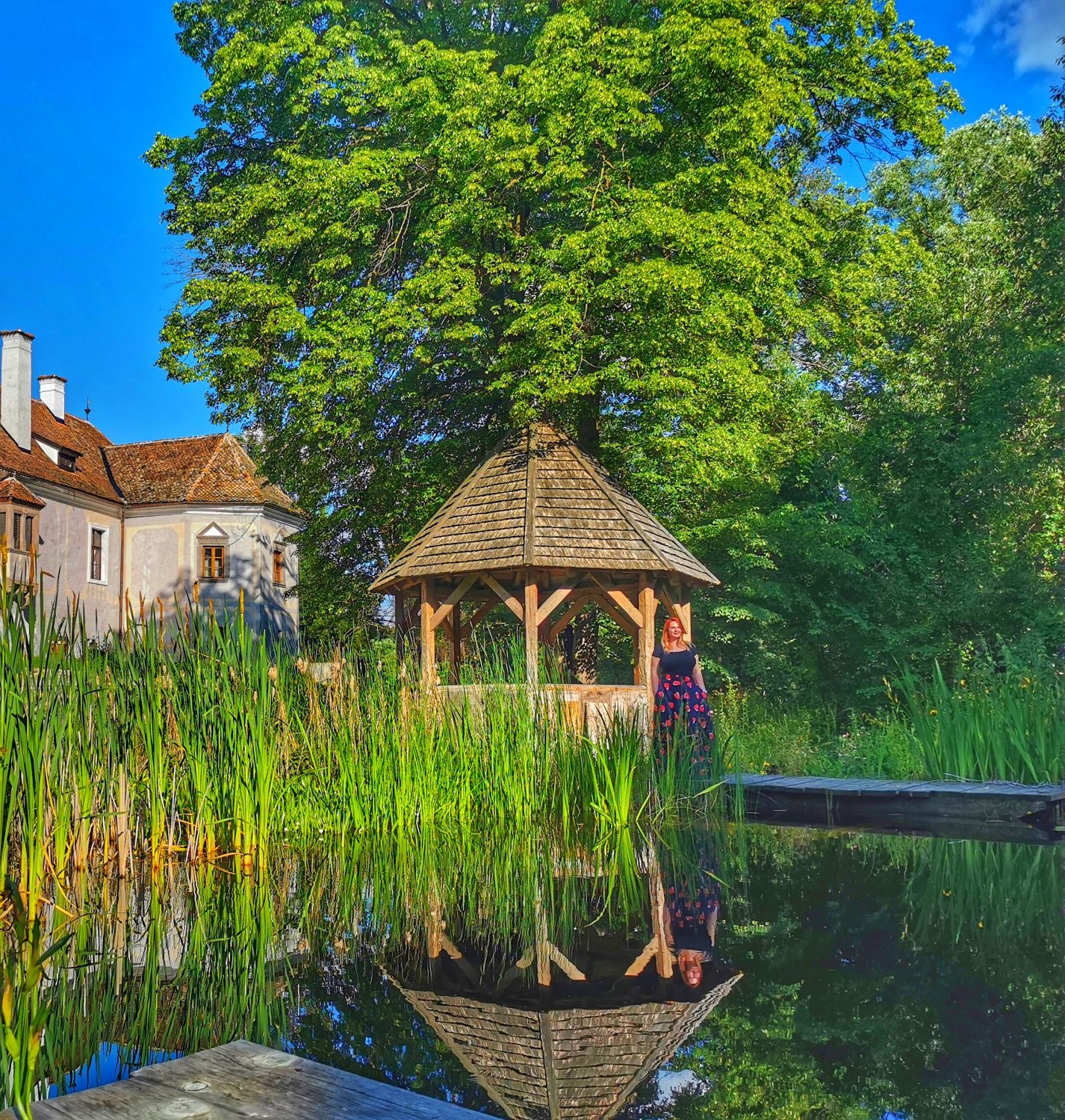
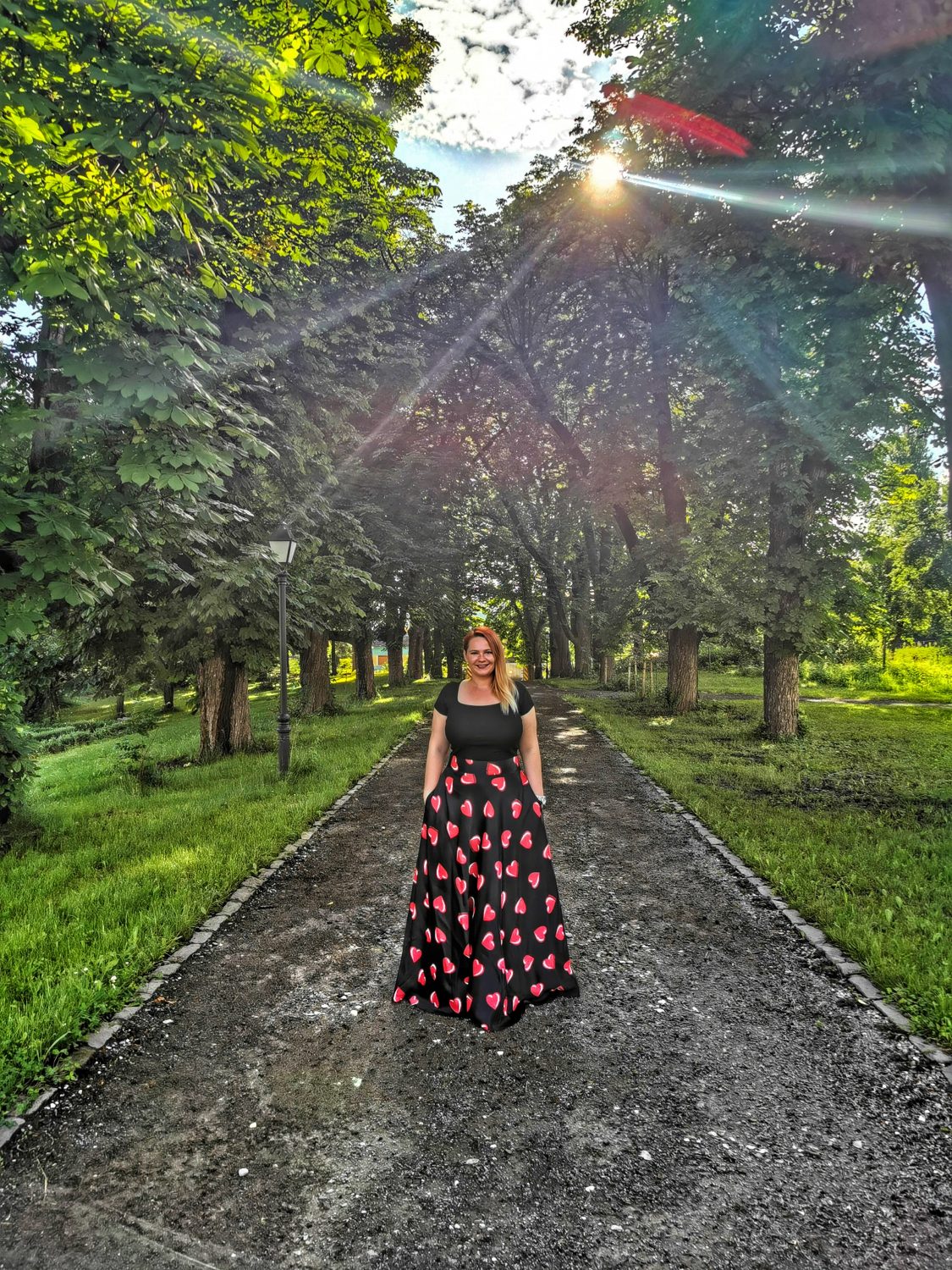
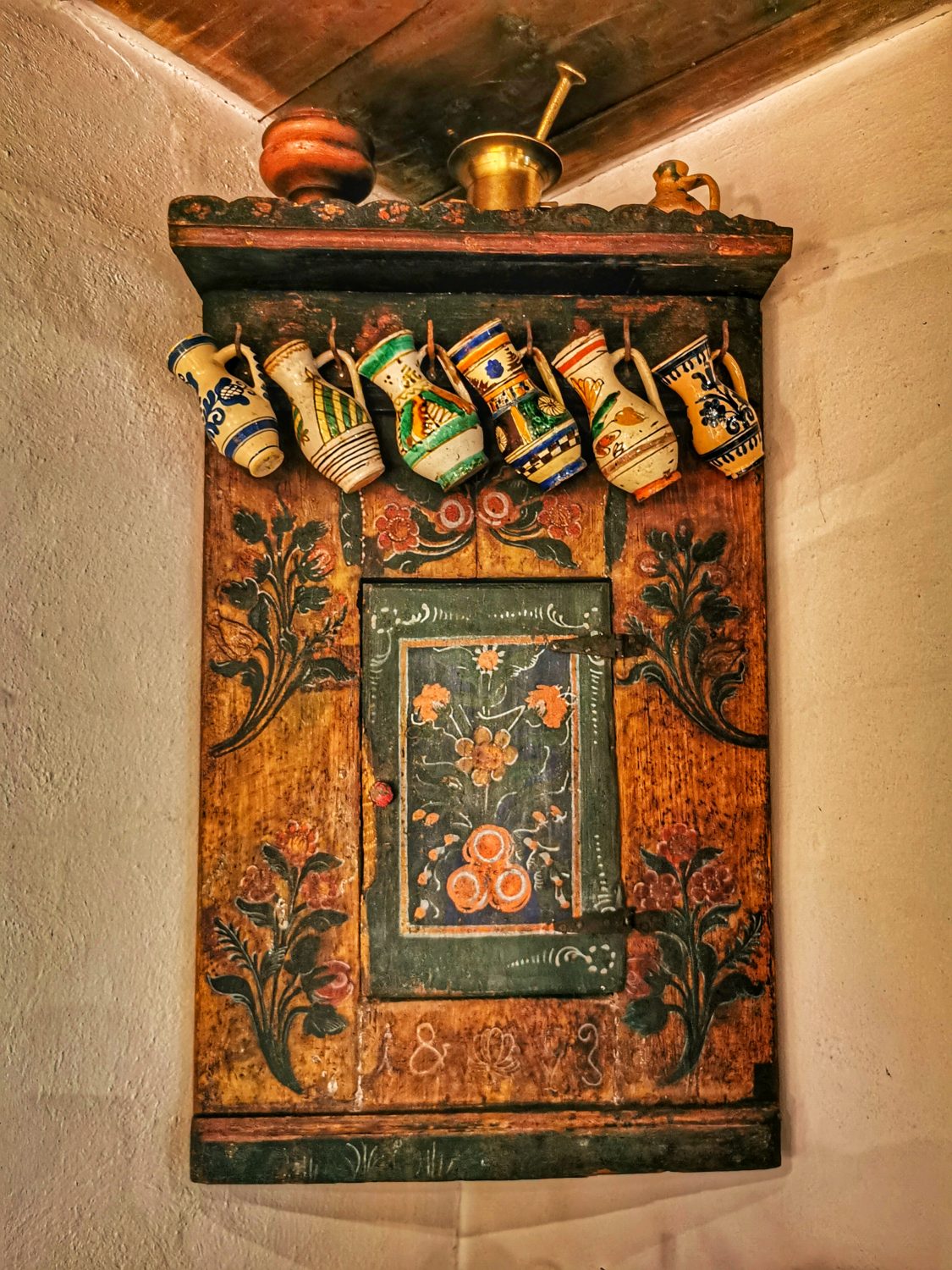
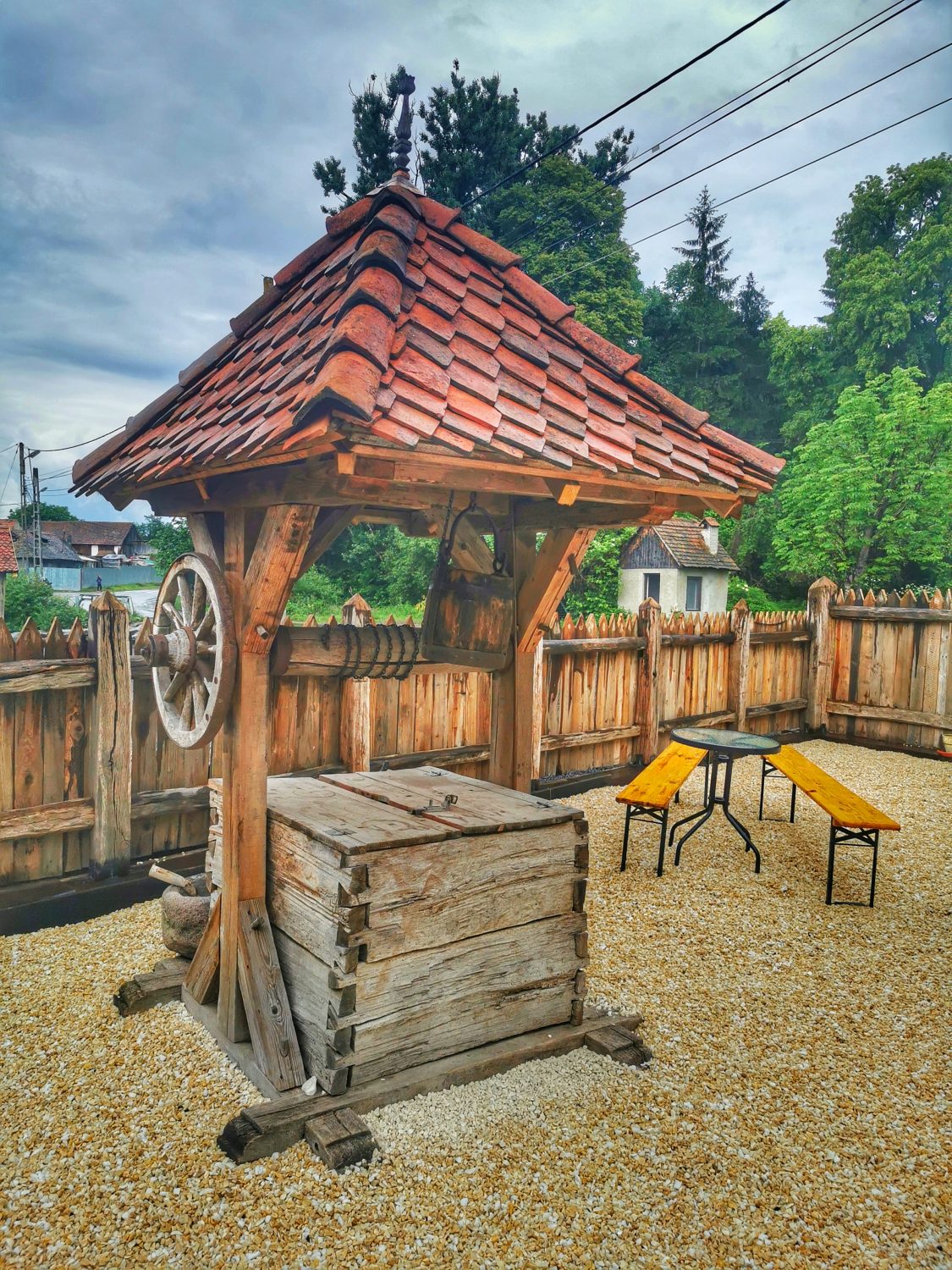
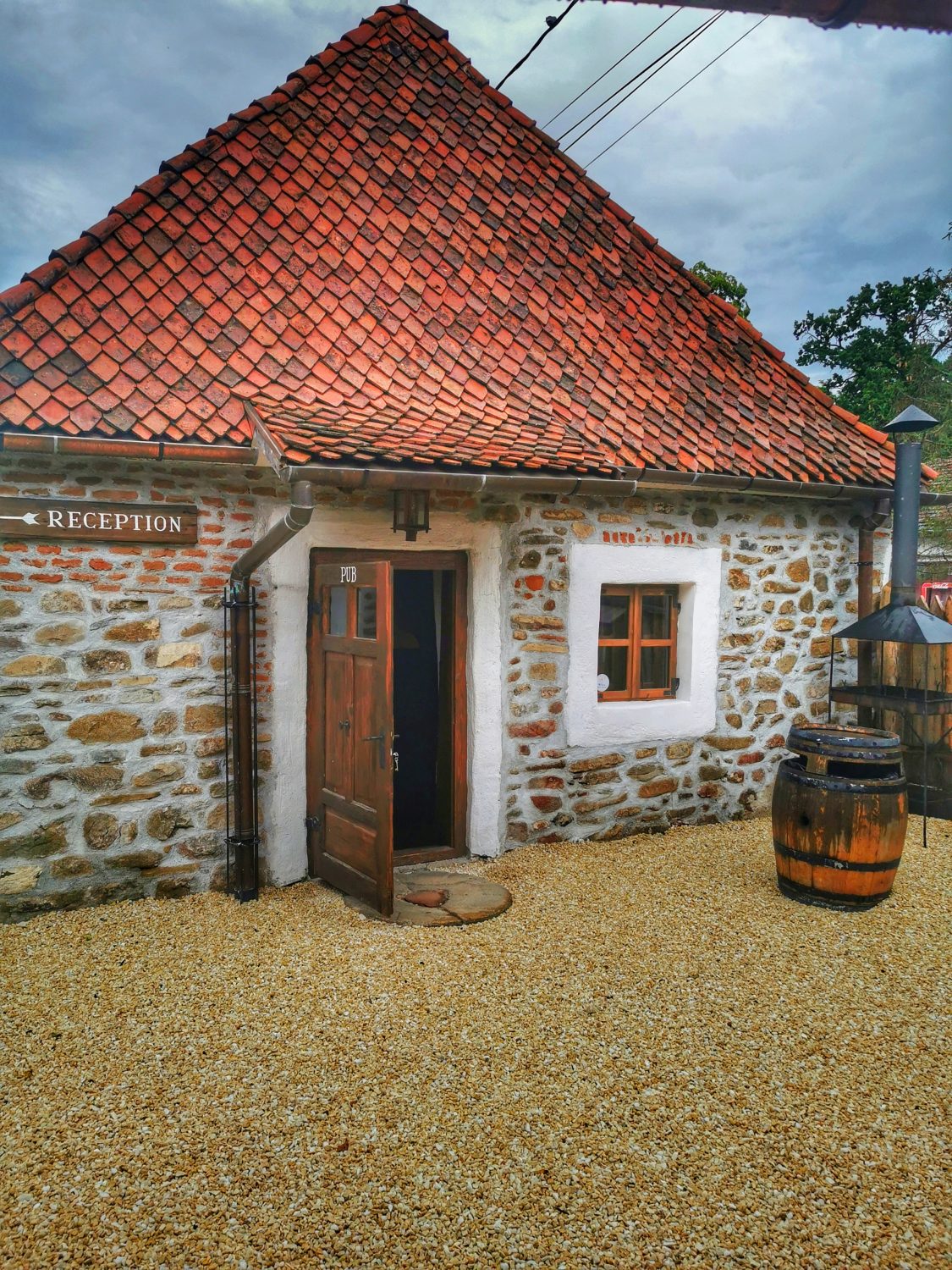
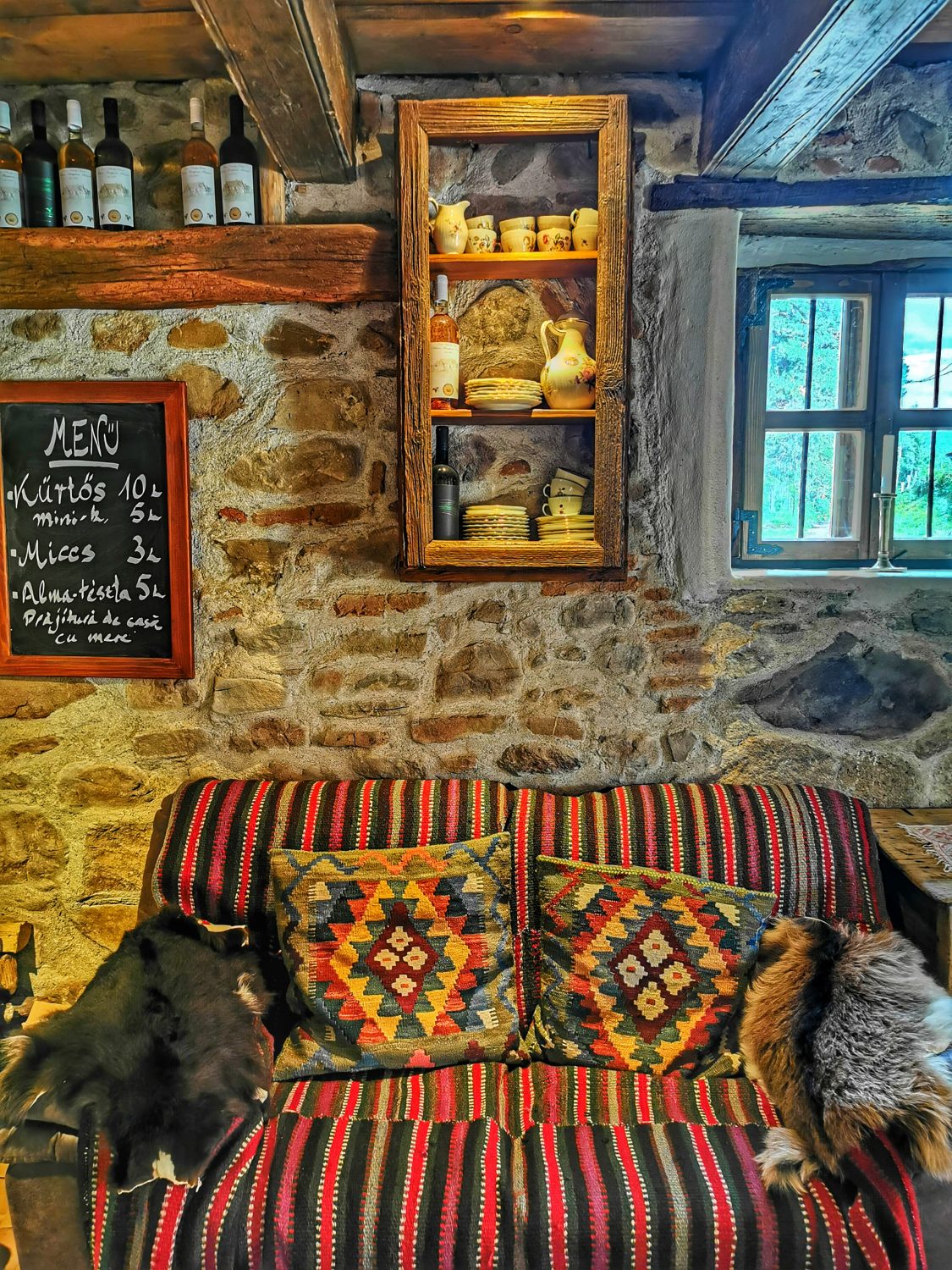
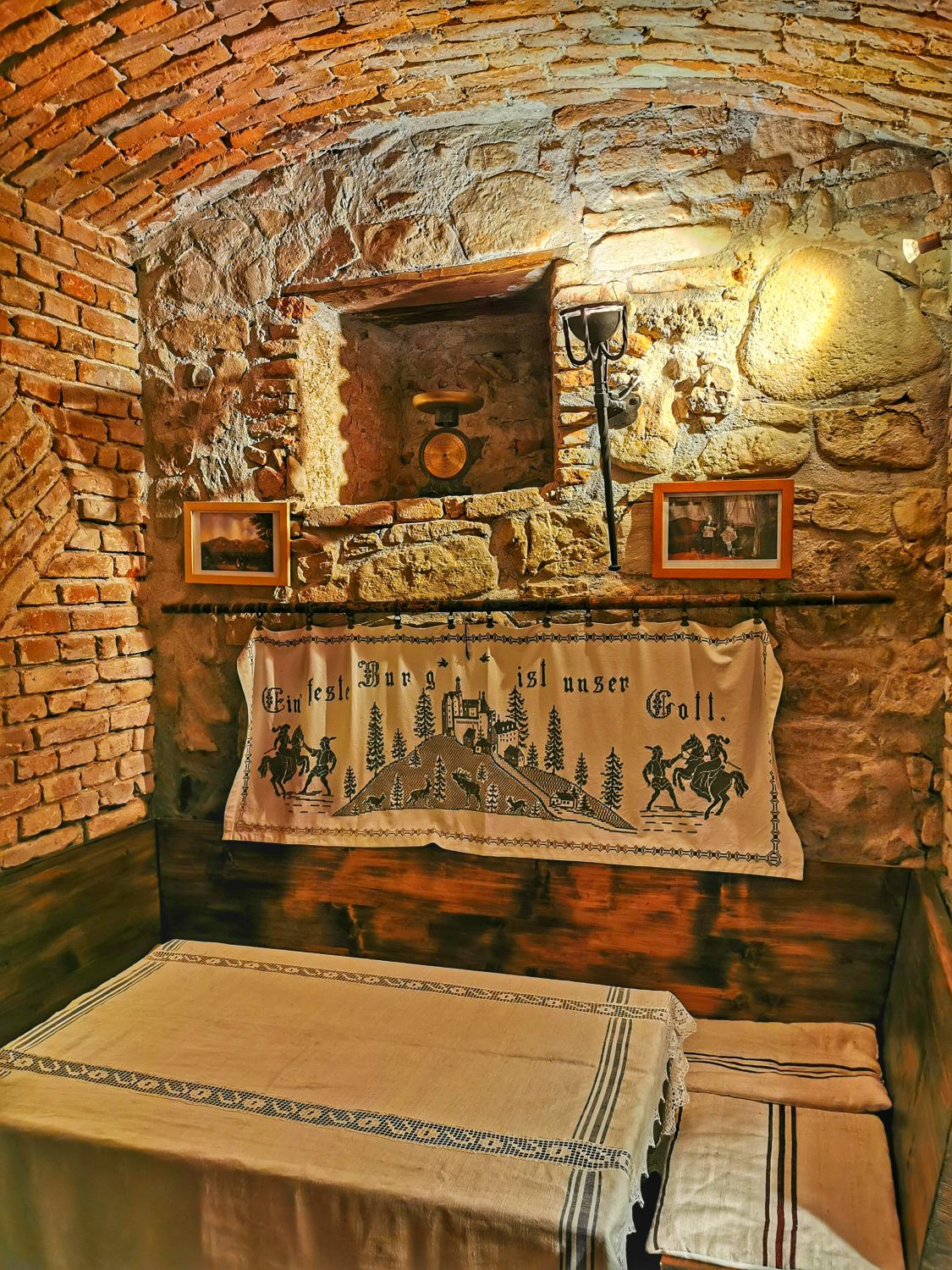
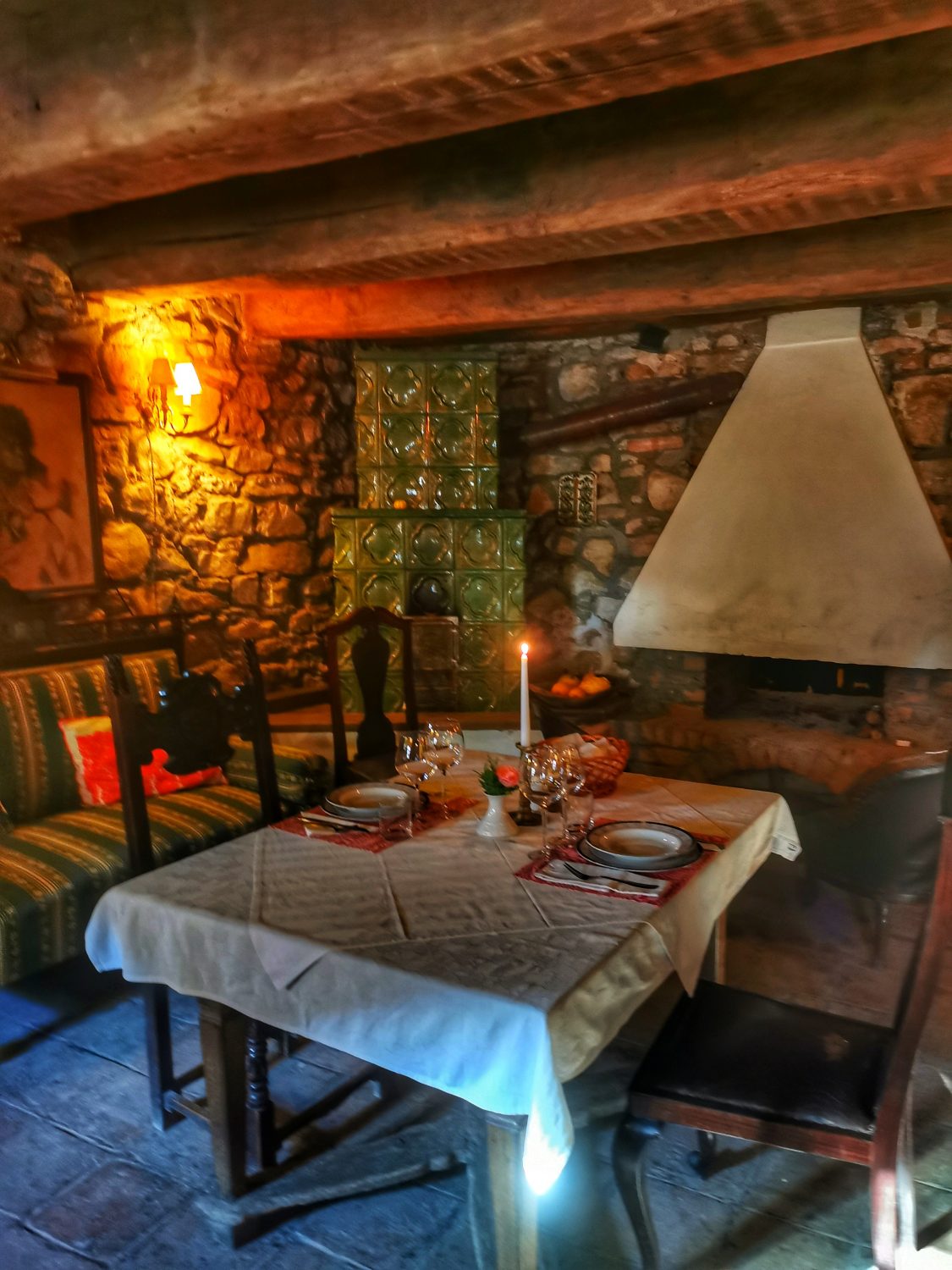
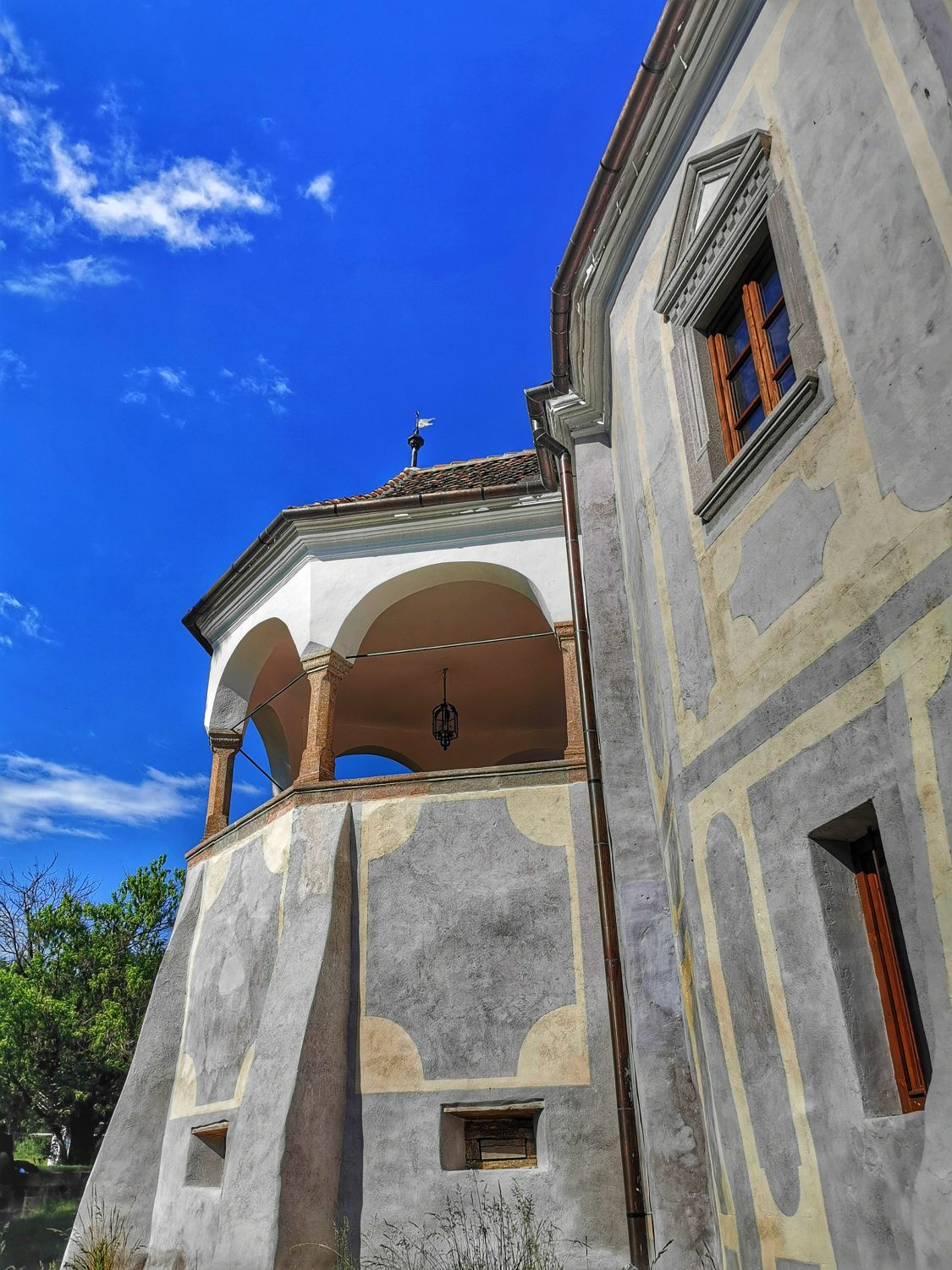
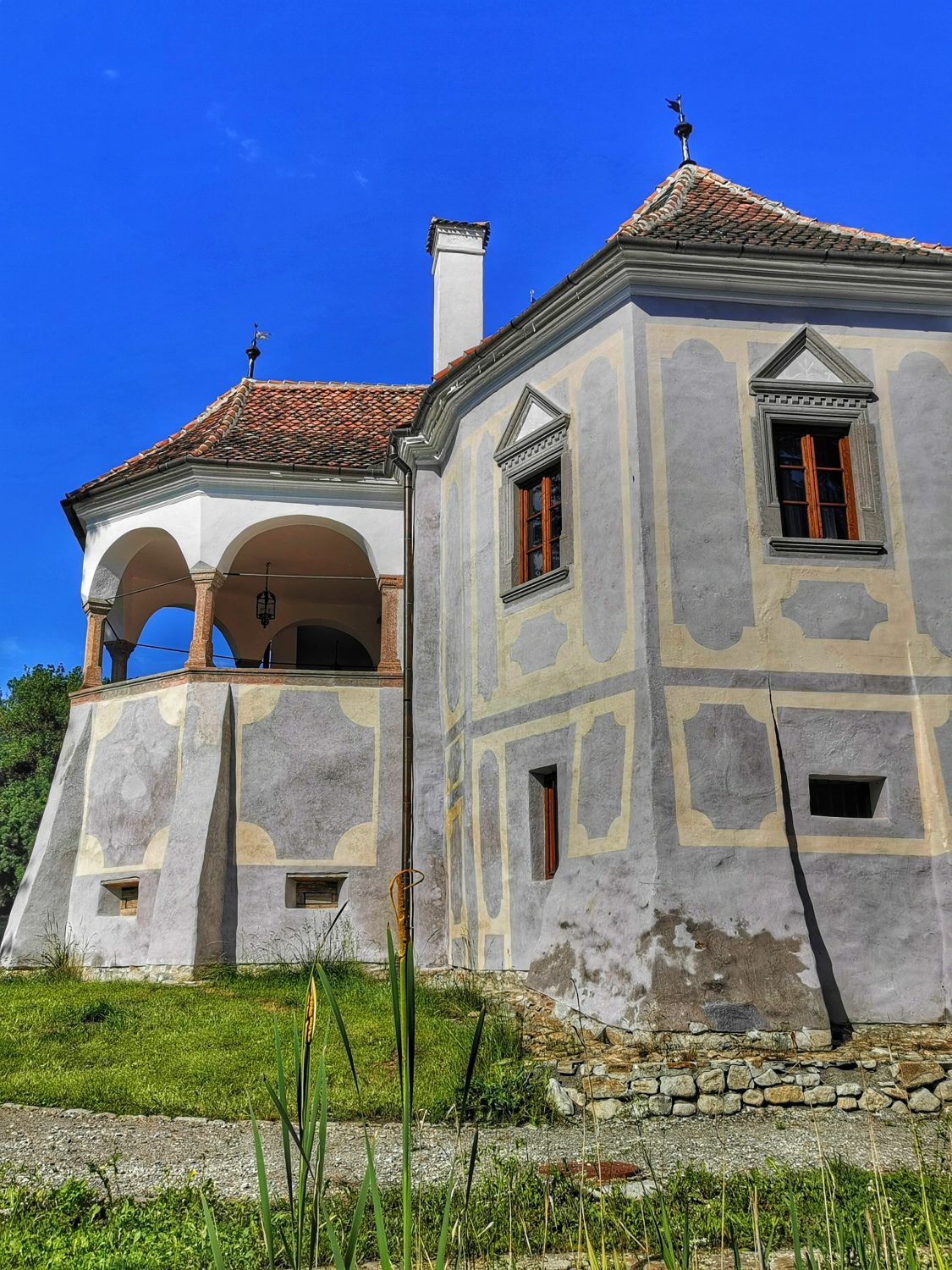
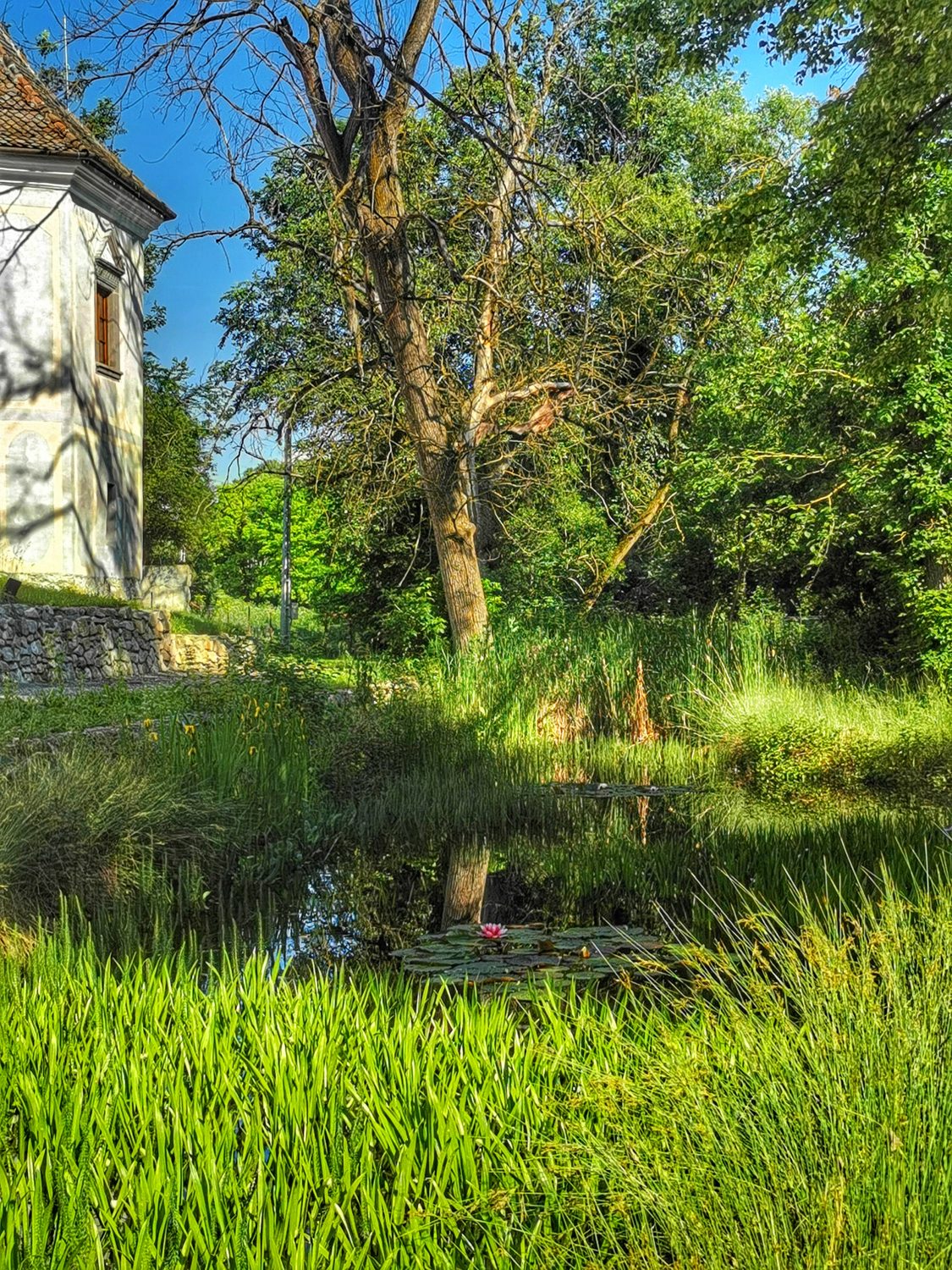
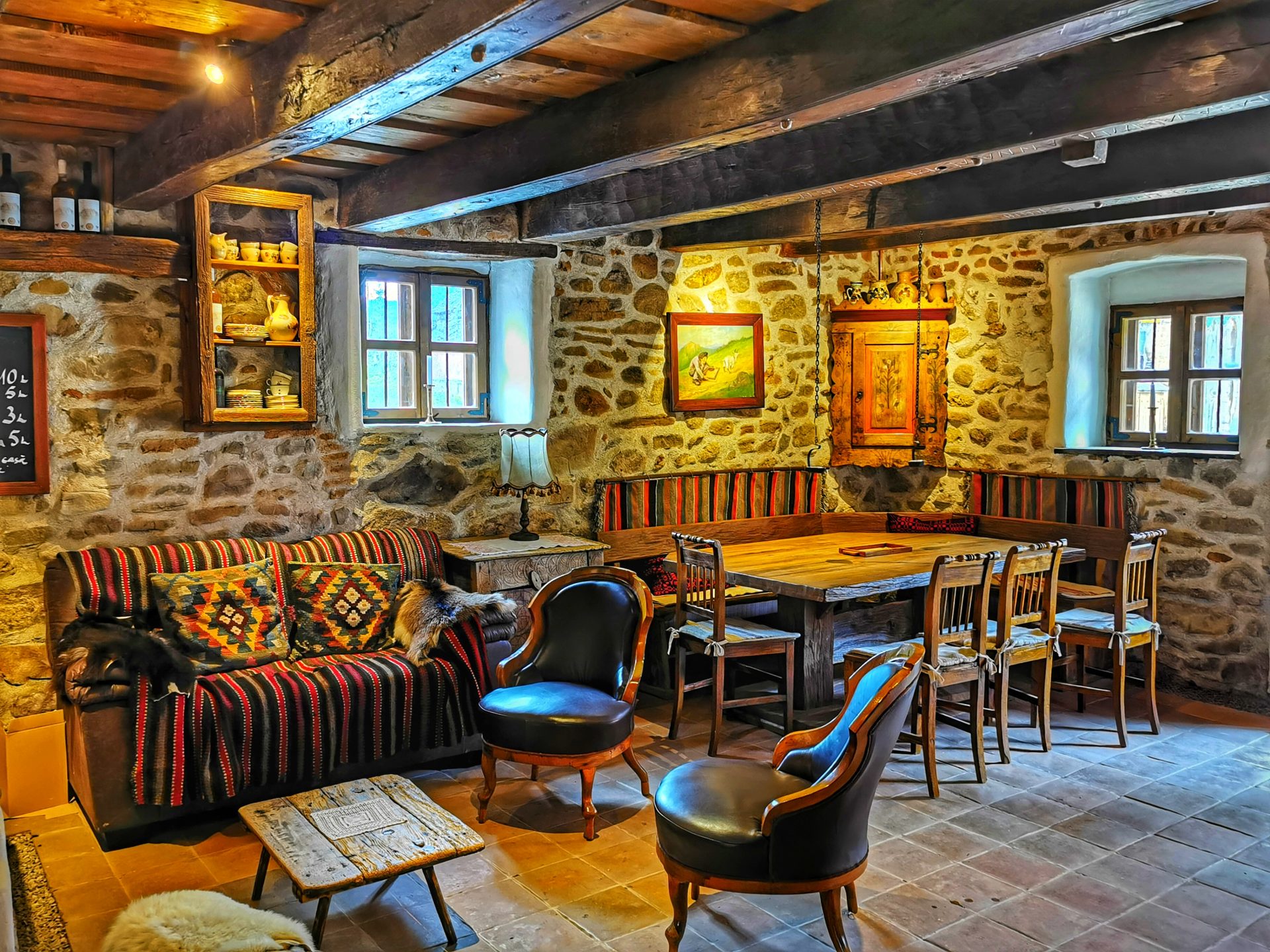
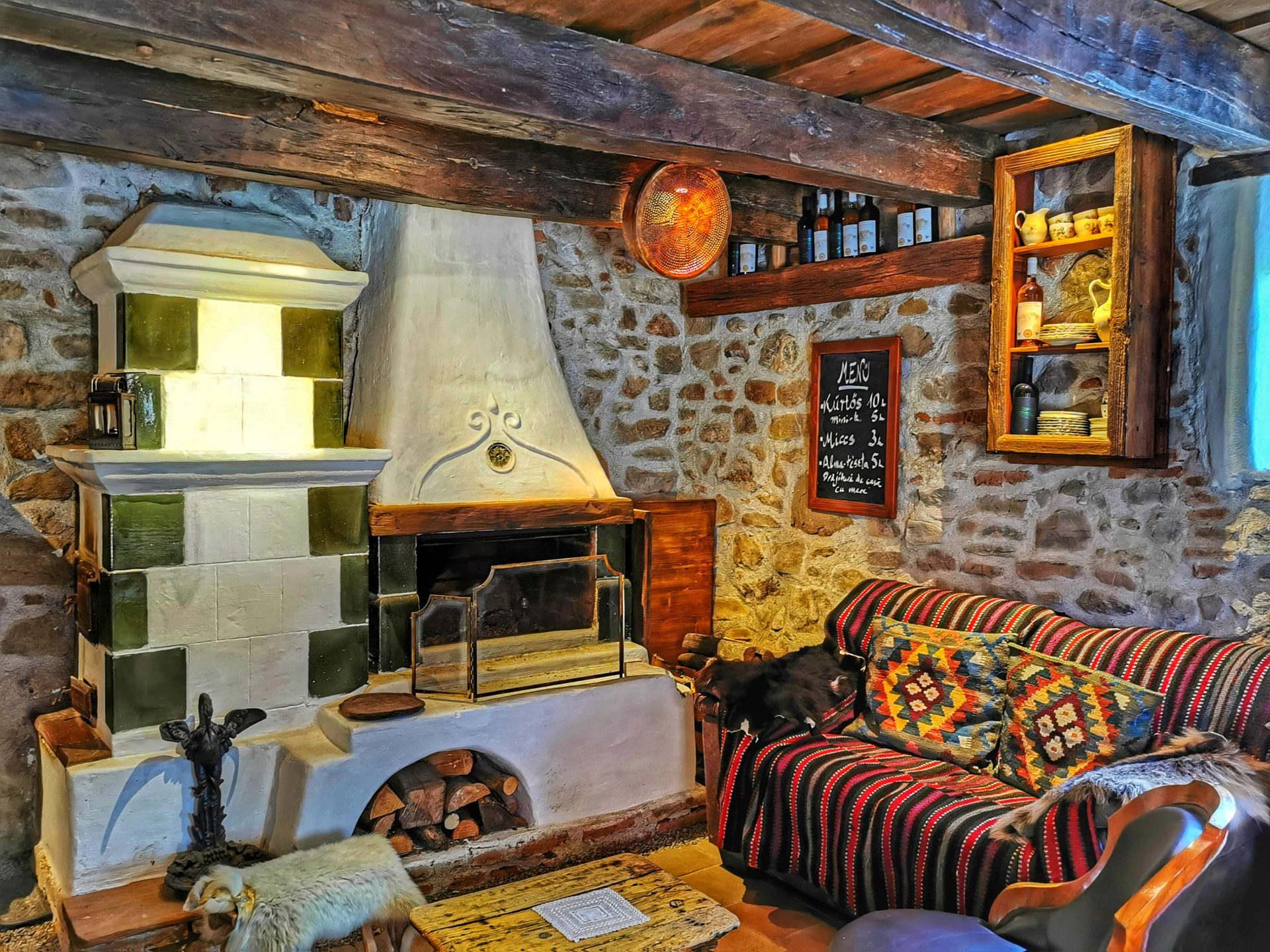
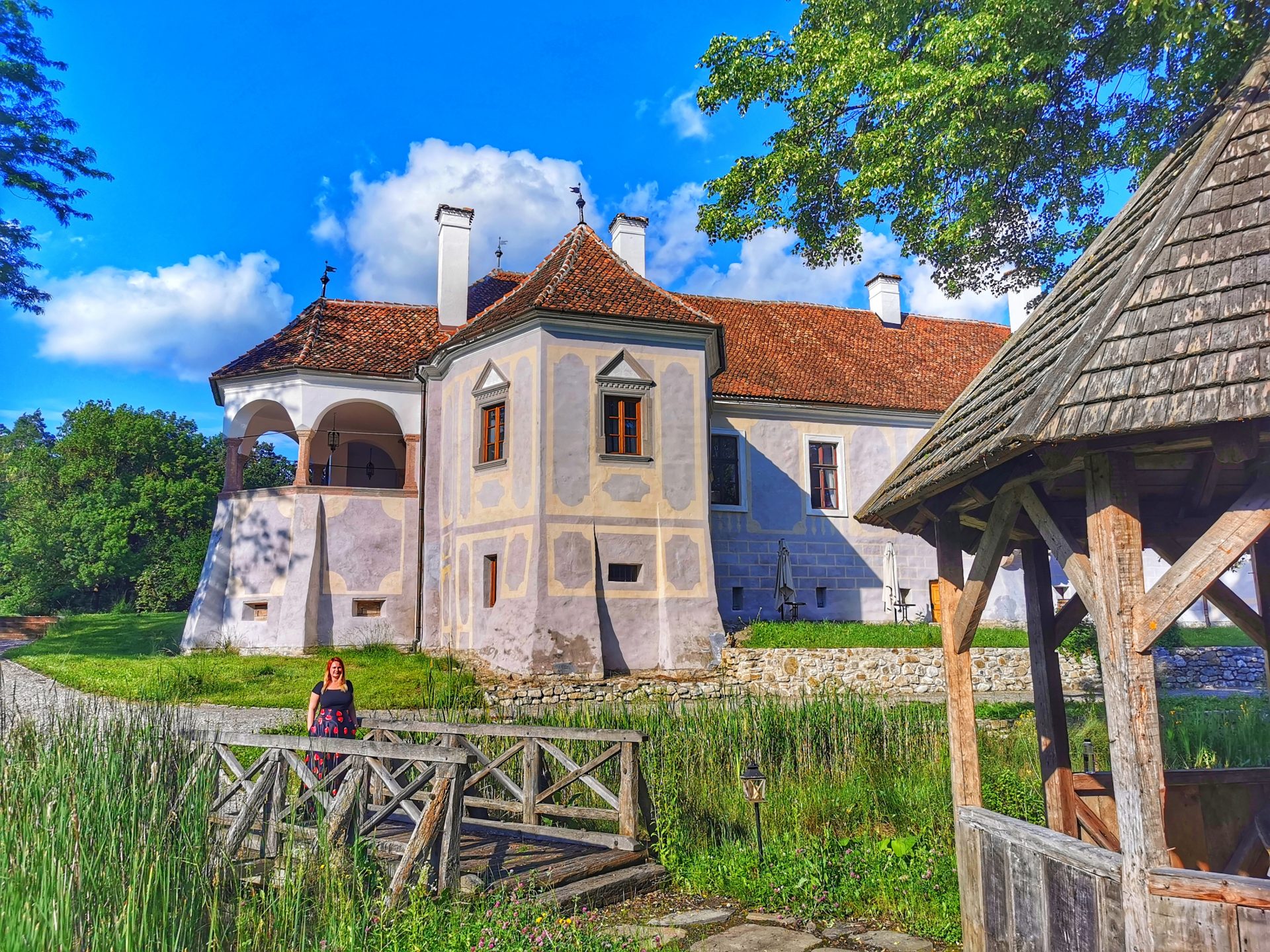
A good model of what it means to successfully combine history with the future. An example of modesty and honor, passion and especially a lesson about belonging. A lesson about the fact that whether we live in a village with 200 inhabitants or in a metropolis, we have to “walk with our eyes wide open” because in this life we are left with only what we have dreamed, what we have loved and how much we have traveled…
*Oferte pentru Micloșoara găsiți la Discover Turism sau aici.

